#Guuggenmusig
Text
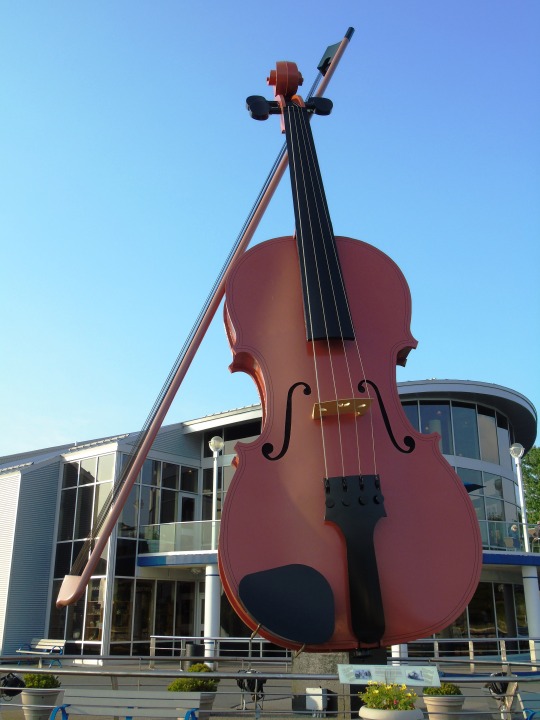


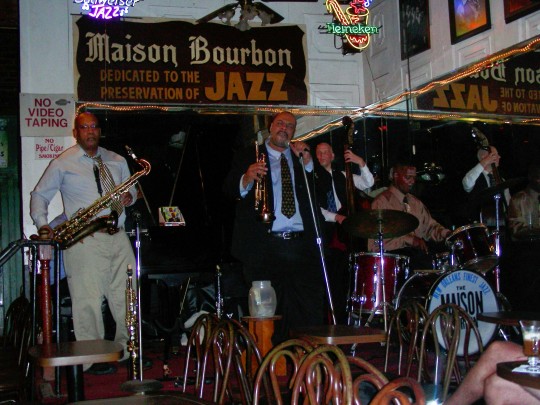
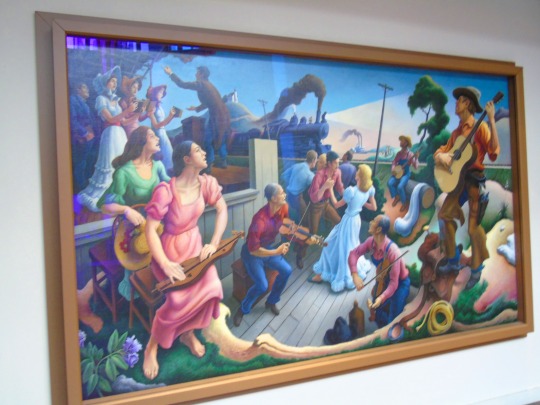


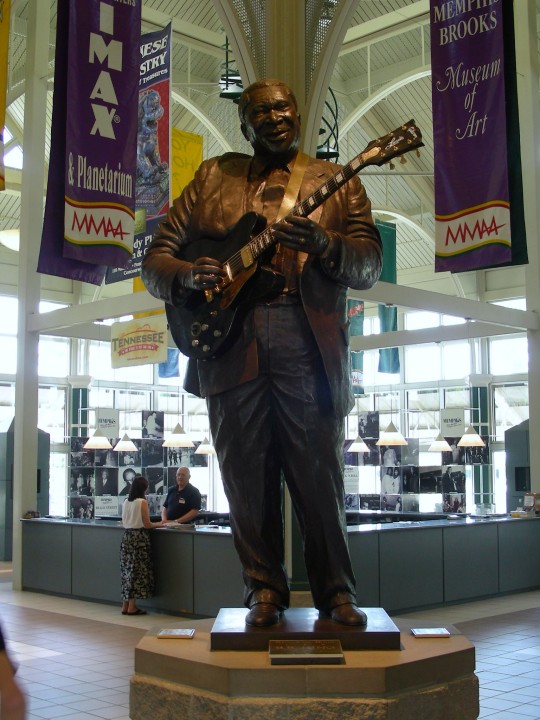

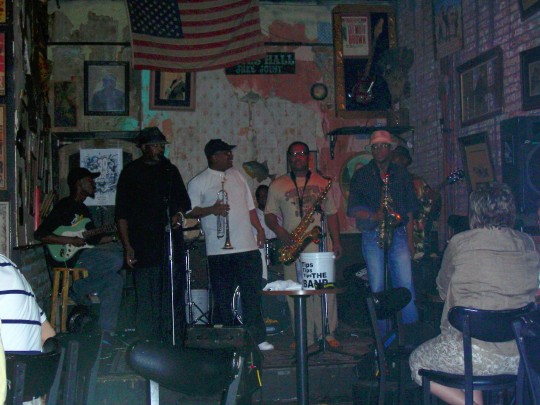



World Music Day
From Beethoven to Taylor Swift, there’s music for everyone. Revisit your old favorites or discover new artists from different cultures on World Music Day.
There’s nothing in the world like the sound of your favorite song coming on, it just gets right into your head and your body and makes you move. Or maybe it takes you on a journey to a faraway place and time, where you languish in a memory of times gone by and people who are no longer present. Some of our favorite songs can lift us up out of depression and worry, and make an otherwise horrible day suddenly seem like it’s not so bad. World Music Day celebrates music in all its forms and the impact it’s had on the world and the human spirit.
World Music Day is for everybody to enjoy
Have you ever put on your headphones, hit play on an upbeat tune and waltzed down the street as if you were in a movie? You’re not alone, everybody has done it (they’re just too afraid to admit it!). Music has the ability to lift your spirits even when you don’t feel like getting out of bed that day. Why shouldn’t there be an entire day to celebrate the wonders of music? World Music Day needs to be celebrated far and wide without a doubt! Next time you’re in a bit of a funk, crank up your favorite song (close your curtains) and dance like nobody’s watching. It’s a soul soothing activity that should always be your go to saviour!
World Music Day is free and full of fun!
The best thing about World Music Day is that it is completely free to celebrate. No matter what kind of music you love you can take part for free and you can get the whole family involved. It is the perfect opportunity to try playing a brand-new instrument or listen to a type of music that you wouldn’t normally have on your playlist.
Every type of musician, whether you are young, old, new or a seasoned professional can embrace world music day with friends, family and even strangers!
Last year more than one thousand cities all over the world celebrated World Music Day, so why don’t you take this opportunity to do it to? Anybody can make music; it doesn’t matter how good you are. If you are the type of person who sings in the shower, why not use this opportunity to showcase your talents? Even the most tone deaf people can take this day to sing their hearts out and celebrate the beauty and power of music!
World Music Day originally launched several decades ago in France. In 1982 the Ministry of Culture in France developed a clever idea to celebrate the wonders of music. They wanted free, live music to be available to everybody no matter what their heritage or background. Usually you have to pay for tickets to music festivals, but not with World Music Day!
The many benefits of listening to music
Music is not only a fantastic creative outlet, but it can also have many health benefits. When you listen to a particular song it can bring back a happy memory or make you feel energized. Studies suggest that listening to music can have a number of positive effects on your health and mental wellbeing. As well as enhancing your performance of exercise, it can also provide a huge amount of comfort. Exercise has also been proven to reduce anxiety and listening to relaxing music can also decrease stress levels. So if you are looking for a mood boosting activity, why not celebrate World Music Day and let all of your troubles rush away from your mind instantly?
History of World Music Day
Music has existed for as long as mankind has found its voice, and quite possibly before. Every culture of the world has its own form of music, as distinct and unique to its area as language and cuisine. In the western world, we are familiar only with scales, known as the diatonic scale which should be familiar to anyone who took music classes or choir in school. But this is not the only or even the first scale that music can use.
There’s the chromatic scale, which has 12 notes instead of the 7, and the octatonic scale, which has 8 notes, but these are just the beginning. In every part of the world, there are different scales and musical formats used, and these create a form of music that has its own signature. Then when you add in the cultural themes, the variety of instruments, and the forms of voice singing that can go along with it, music is a truly endless adventure. World Music Day celebrates this adventure and those that dare to take it.
How to celebrate World Music Day
The best way to celebrate World Music Day is to spend the day listening to all your old favorites, and if you’re truly feeling adventurous start exploring YouTube for music from different cultures. You can explore Finnish and Hungarian, Italian and Mongolian, and then start digging into folk music. With sources like these, it’s easier than ever to explore the panorama of musical experiences the world has to offer, and you can do it all from the comfort of your own home. Of course, you could always pick up an instrument and start adding your own voice to the choir!
Source
#James Brown by John Savage#The Source of Country Music by Thomas Hart Benton#Brad Paisley#Country Music Hall of Fame and Museum#Guuggenmusig#Lozärner Fasnacht#Largest Ceilidh Fiddle in the World#Toronto#B. B. King by Ed Dwight#Memphis#New Orleans#Glenn Gould Gathering by Ruth Abernethy#W.C. Handy by Leone Tommasi#World Music Day#WorldDayofMusic#21 June#USA#Canada#Switzerland#travel#original photography#vacation#tourist attraction#architecture#cityscape
3 notes
·
View notes
Text
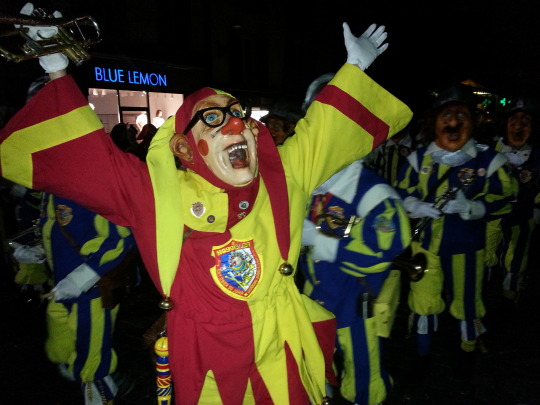


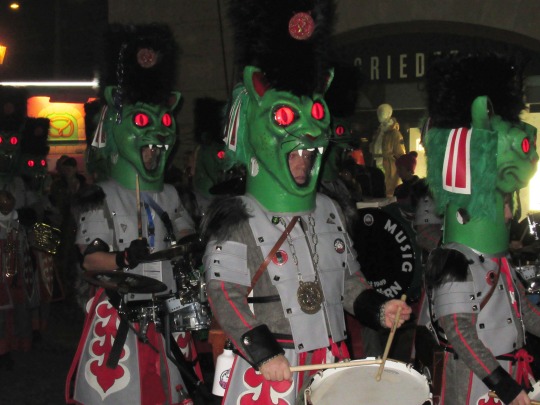

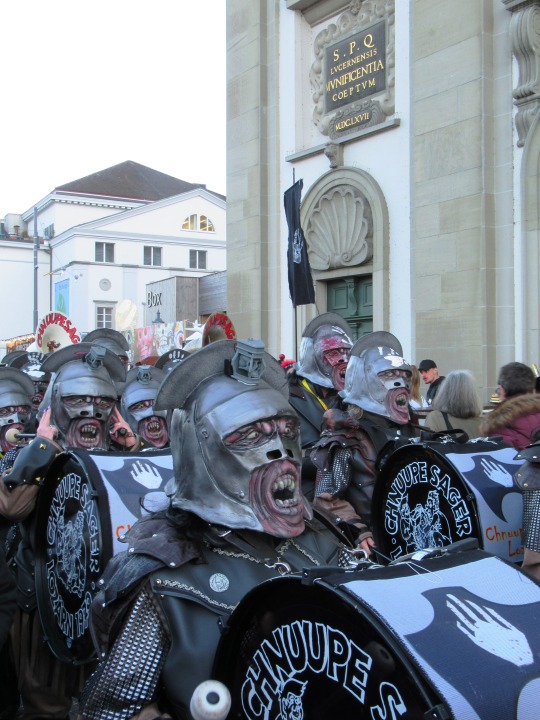



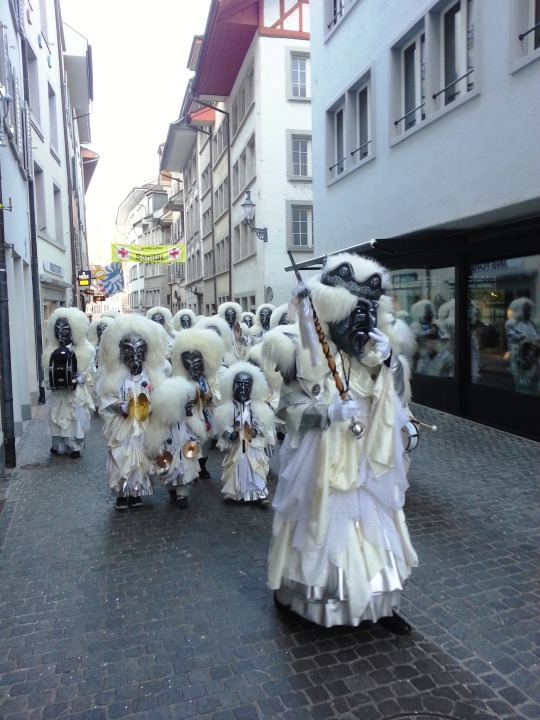



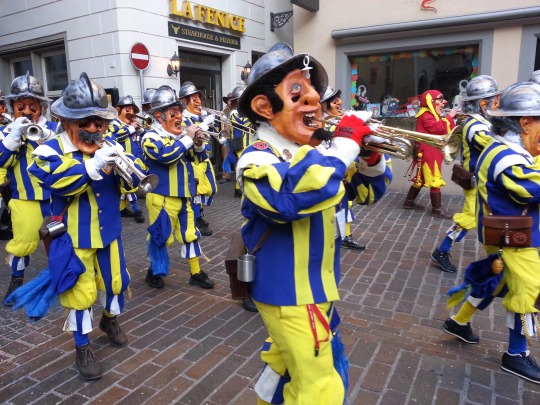
Fat Thursday/Schmutziger Donnerstag
Taking place on the last Thursday before Ash Wednesday, which begins Lent, Fat Thursday is a Christian feast that is primarily celebrated in European countries. It is similar to Fat Tuesday, which is celebrated the following week, but in many European countries, it is the more important holiday of the two. It also is associated with Carnival. As much fasting is done during Lent, Fat Thursday is a day for getting together and eating sweets and other foods that are eschewed during that season. Commonly eaten foods include pączki, berliners, and angel wings.
The holiday is given different names in various European countries, where distinct foods are associated with the day. The day appears to be most widely celebrated in Poland, where it is known as Tłusty Czwartek. Pastries and doughnuts from bakeries are eaten, especially pączki. The tradition of eating doughnuts on the day began in the seventeenth century. In parts of Germany, it is known as Weiberfastnacht. People wear costumes, and celebrations in the streets and in pubs begin at 11:11 a.m. It is known as the “women’s carnival” and there is a tradition of women “taking over” town halls. In some parts of Germany, the holiday is also known as Fetter Donnerstag.
Fat Thursday is known as Tsiknopempti in Greece, which roughly translates to “Thursday of the Smoke of Grilled Meat.” Being one of the last times that celebrants can eat meat before Lent, many Greeks grill meat such as souvlaki, and many cities set up grills in central squares and hold celebrations there. In Italy, the holiday is known as Giovedì Grasso, and in Sweden, it is known as Fettisdagen.
In some parts of Spain, it is known as Jueves Lardero. Bizcochos and a pastry called a mona are commonly eaten in the city of Albacete, and in the area of Aragon a special sausage is eaten. The holiday is called Dijous Gras in the region of Catalonia, and marked by eating bunyols and botifarra d'ou.
How to Observe
Regardless if you are planning on observing Lent in the following weeks, you can celebrate Fat Thursday today. It is best celebrated by indulging in large amounts of foods that aren’t very healthy, such as sweets, as well as by eating meat, which many abstain from during Lent. If you are in the United States, you could go to an ethnic bakery or grocery store to pick up some foods that are eaten on the day in European countries. Some foods you could enjoy today include pączki, berliners, angel wings, souvlaki, bizcochos, bunyols, and botifarra d'ou. If you are in a country such as Switzerland, Spain, Germany, or Poland, it shouldn’t be too hard to find celebrations to attend.
Source
#Näbelhüüler#Lozärner Fasnacht#the best carnival in the world#Luzern#Lucerne#Lucerne Carnival#original photography#Schweiz#Switzerland#Guuggenmusig#tourist attraction#architecture#cityscape#Schmudo#Schmutziger Donnerstag#Fat Thursday#last Thursday before Ash Wednesday#8 February 2024#Doop#Leuechotzeler#Schnipp Schnaps#Wasserturm#water tower#Chnuupe Sager#Rigi#Müsäli Musig#Reusssteg#Chatzemusig#too bad you can't hear pictures#Noggeler
1 note
·
View note
Text

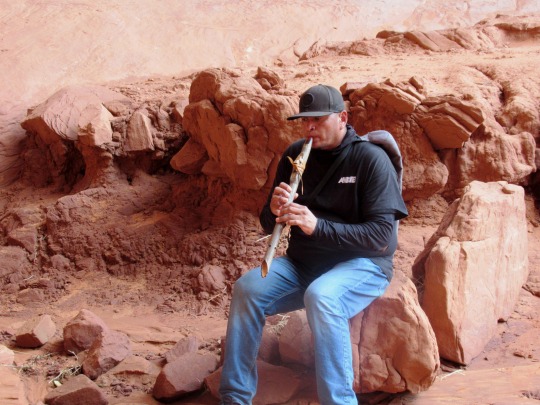

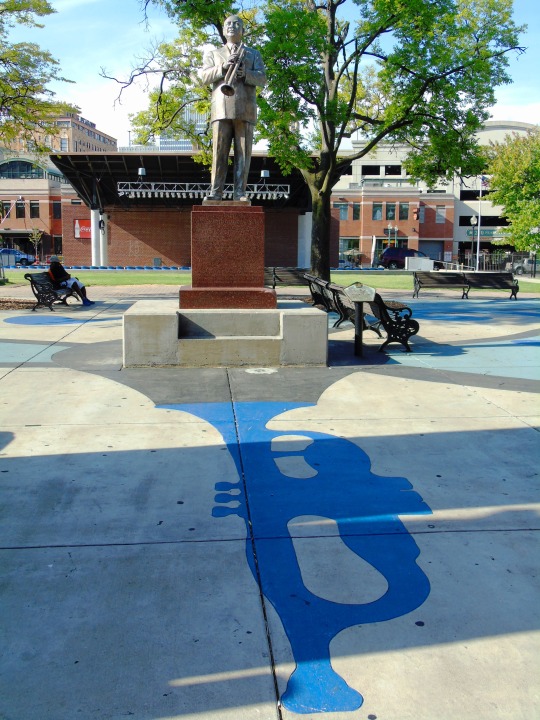
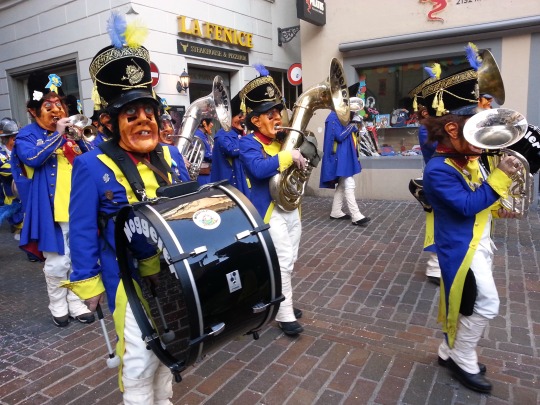








International Music Day
By this one common thread that has the power to bring all humans, societies and cultures together, International Music Day seeks to gather, connect and promote musicians around the world.
Music is the light of life for many people. It inspires, encourages and brings people together. Studies even show that music is good for the health and the brain, providing positive physical, mental and emotional responses when people simply listen to music as well as when they play or sing it.
History of International Music Day
Music occurs within nature and humans have been recreating it probably since the beginning of time, as singing or humming seems to be a natural part of human development. Babies can even begin to sing as early as three months old!
While music has its unique attributes based on the culture and area of the world it comes from, it is a human activity that is exclusive to the human race and part of every culture in the world. Music unites human beings!
With that in mind, in 1949, the International Music Council was created as an associate organization of the United Nations Educational, Scientific and Cultural Organization (UNESCO). Its purpose was to express solidarity between human beings in the global music ecosystem. Connecting, encouraging and providing access for musicians around the world, this organization started International Music Day
Initiated in 1973 by the 15th General Assembly of the International Music Council, the first International Music Day was celebrated in 1975. The intention behind the day was to promote musical art among all sectors of society as well as applying the UNESCO ideas of peace and friendship among people.
Many methods of teaching music have been embraced all over the world, some of these specific to certain cultures. In Europe, the Americas, Asia, Africa and other places, children are often taught different versions of music in schools including singing and the playing of instruments such as recorders or percussion like drums and bells.
Whether a professional musician or novice, whether an opera singer or someone who really can’t carry a tune, International Music Day encourages people all over the globe to join in with five goals:
To allow children and adults to express themselves freely through music.
To give opportunities for children and adults to learn musical skills and languages.
To provide access to musical involvement for all.
To allow musical artists to develop and communicate through media and using proper facilities.
For musical artists to obtain recognition and fair remuneration for their work.
International Music Day Timeline
Paleolithic Period Musical instruments are used
Some of the oldest musical instruments, beginning with flutes, are believed to be from this period of time, millions of years ago.
1400 BC Music is first written down
The earliest form of musical notation is dated from this time, written in a cuneiform tablet.
1949 International Music Council (IMC) is formed
The world’s largest network of institutions and organizations working in the field of music is created.
1973 IMC General Assembly in Lausanne
At the 15th General Assembly of the International Music Council, a resolution is made to establish an International Music Day.
1975 International Music Day is founded
Started by the International Music Council, this day is initiated by Lord Yehudi Menuhin to encourage and promote music in society.
How to Celebrate International Music Day
International Music Day offers tons of opportunities to enjoy and celebrate everything to do with music and all of the amazing benefits it has to offer. Consider some of these ideas for getting involved:
Listen to Music
Whether it is classical music that promotes brain development or modern music that makes your body want to move and dance, International Music Day can be celebrated by putting on some tunes. Turn up the volume in the car or pop in those headphones at work and join in on all the fun and benefits that music has to offer.
Create some playlists on an online music platform, turn on the car radio, toss some vinyl on that vintage record player or grab some of those old CDs and get playing. Many different opportunities exist to enjoy listening to music in celebration of the day!
Learn About the Benefits of Music
Many people don’t realize that music is not only fun, it’s actually good for you. International Music Day is the perfect time to learn a little bit more about the benefits of music and how it improves the lives of billions of children and adults all over the world.
Music is good for the heart
Music can help with weight management
Music improves the mood
Music helps to ease pain
Studies have shown that the blood flows better when music is played. Playing music can lower the blood pressure, reduces the heart rate, decreases cortisol and promotes healthy substances in the blood.
Many people don’t know that playing soft music in the background while eating (and dimming the lights) can encourage people to slow down while they are eating which, ultimately, can lead to eating less food and promoting healthier eating habits.
Listening to happy music has been shown to make people (and also pets!) happy. Music can promote the release of good hormones into the bloodstream, such as serotonin and endorphins, which helps people to relax, relieve feelings of anxiety and depression, and promote positive emotions.
Research has proven that music can be used in healthcare situations, especially with geriatric people, to reduce the severity and intensity of pain, particularly in palliative care or intensive care patients.
Attend a Musical Event
This is the time to go out and listen to some live music! Whether related to International Music Day or just part of the cycle of music that happens all year round, attending a concert or other musical event in celebration of the day would be loads of fun!
Grab a seat at the local high school’s musical production. Pop into the local bar and listen to an open mic night. Attend an orchestra concert at the local chamber hall. Or get tickets to that rock star you’ve been dying to see! Music is all around so get ready to join in on it in whatever way possible.
Learn to Make Music
Been thinking about learning how to play the guitar or wondering if now is the time to take piano lessons again? International Music Day might be just the right motivation to get started! Join the rest of the world in learning to make music or improving those music skills by finding a teacher, taking a class or joining a local music collective. Even for those who are not prolific, learning and growing in making music brings joy and delight all over the world.
International Music Day FAQs
Is music good for you?
Yes! Research shows that music can provide health benefits like reducing blood pressure, minimizing anxiety and improving mental capacity.
Does music affect your mood?
Studies have shown that listening to upbeat music can make people feel happier and improve their mood.
Can music help you focus?
Certain types of music can increase brain power through motivation, increased focus and better memorization.
Did music come before language?
Some researchers believe that music came before language, using the study of infants as a basis.
Should music be taught in schools?
Many people agree that the benefits of teaching music in schools are myriad, including assisting in social skills, improving academic performance, and providing a creative outlet for development.
Source
#James Brown by John Savage#Guuggenmusig#Noggeler#B. B. King by Ed Dwight#Elvis Presley#Graceland#Country Music Hall of Fame and Museum#travel#USA#Brad Paisley#W.C. Handy by Leone Tommasi#Memphis#Nashville#Augusta#John Brown#Lozärner Fasnacht#Lucerne Carnival#Glenn Gould Gathering by Ruth Abernethy#bagpipe#Canada#Howard Shore#Lord of the RIngs#Maison Bourbon#New Orleans#International Music Day#1 October#InternationalMusicDay#Chnuupe Sager#original photography
1 note
·
View note
Photo

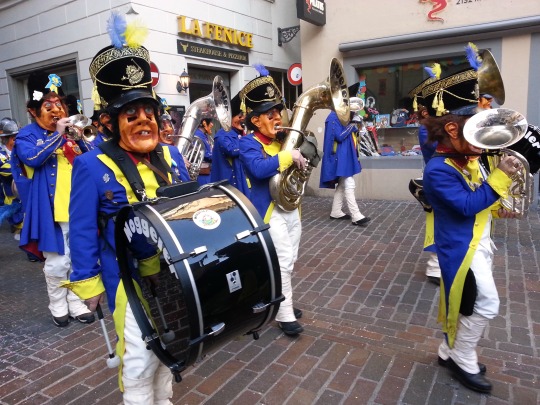




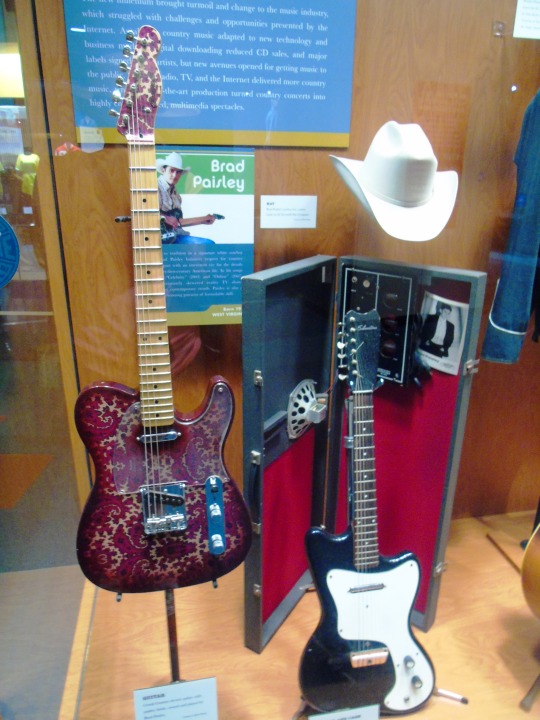

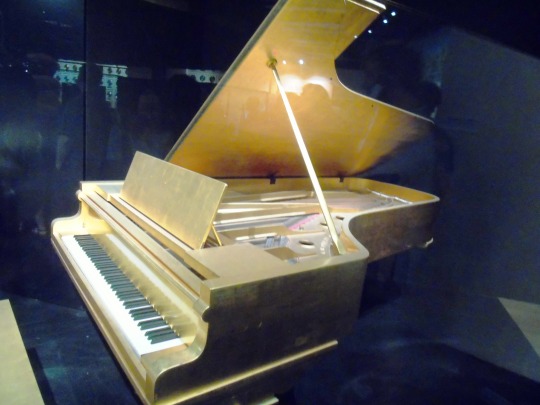

Buy A Musical Instrument Day
Visit your nearest music store this Buy A Musical Instrument Day; celebrated annually on May 22. This day is, you guessed it, here to motivate you to create beautiful melodies with a brand new instrument. Let this day be the push you needed to get yourself a lovely musical instrument.
History of Buy A Musical Instrument Day
Music has been a crucial part of human society throughout history, with musical instruments occupying a special space in culture. People who created such instruments were revered by society. It is believed that the first such instruments were used for religious ceremonies or while hunting and were made of bones, shells, and wood. Over time, these instruments began to be used to create melodies, and musical entertainment was born.
Archaeological studies and remains show that musical instruments have evolved over time. Each generation improved the designs and creations that came before it until we arrived at the instruments of today.
The oldest musical instrument in the world is also the only one associated with Neanderthal culture. However, some instruments found, dating back to the Upper Paleolithic age, are disputed as the oldest ones in the world. The Renaissance period is widely believed to be the best time in the history of musical instruments. It was responsible for giving shape to many of the modern classical instruments. In the past century, musical instruments have been introduced to electronics, and now we also have electronic instruments!
While we could not find the origin story of Buy A Musical Instrument Day, we did learn that this day was initially held on May 18 each year in honor of writer and composer Meredith Willson (1902–1984). Willson was famous for writing the music and lyrics for the musical “The Music Man”. Why this date was changed remains a mystery.
Buy A Musical Instrument Day timeline
30,000 to 37,000 years ago The Oldest-Known Musical Instruments are Created
Flutes made from bones of mammoths and swans are used in the Upper Paleolithic age — these are widely accepted as being some of the oldest musical instruments.
5th–15th Century Musical Instruments Go Global
North African instruments find their way to Europe, and instruments from Mesopotamia appear in maritime Southeast Asia.
1400 Musical Instrument Development Slows
There isn't much in the way of the development or innovation of musical instruments, and the Western World dominates any change in this landscape.
1750–1900 A Period of Revolution in Music
In the Classical and Romantic periods, composers and musicians start using musical instruments in new and revolutionary ways, changing how we hear music forever.
1995 The Only Musical Instrument Associated With Neanderthals
Slovenian archaeologist Ivan Turk discovers a 43,000-year-old bone carving named the Divje Babe Flute, which is likely the oldest musical instrument in the world, although this flute's status as a musical instrument is disputed.
20th Century The Rise Of Electronic Musical Instruments
Many new electronic musical instruments are developed like electric guitars, synthesizers, and the theremin.
Buy A Musical Instrument Day FAQs
Are musical instruments a good investment?
While many musical instruments have little resale value, they can mentally and physically benefit a person.
What is the cheapest musical instrument?
The most inexpensive musical instruments include the flute, clarinet, and trumpet, and the infrequently used clash cymbals and tambourine.
Which is World Music Day?
World Day of Music (also called Fête de la Musique) takes place on June 21 each year to honor all musicians. More than 120 countries celebrate this day by hosting free concerts in public places like parks, streets, and museums.
How To Celebrate Buy A Musical Instrument Day
Buy a musical instrument
Take music lessons
Make music
What’s in a name? Just an idea on how to celebrate this particular day, apparently. Add playing a musical instrument to your skills and buy the one instrument you have always wanted. Don’t want to buy an instrument? Simply make your own DIY one from common household materials. For instance, you can upturn a bucket to create a drum or fill the inside of an unused cardboard roll with beans to create a rainmaker.
Now that you've got your hands on a musical instrument, how about learning to play it? You can even take music lessons to familiarize yourself with different instruments and then pick which one is your favorite.
What do you do with your new skill of playing a musical instrument? You play it, of course! You can make it a group affair by inviting friends and family to play with you. When you start making terrific music, you can even set up impromptu concerts for local communities!
5 Fun Facts About Musical Instruments
There are six main instrument categories
The piano is the most played
Guess how many Americans play the piano?
Playing music helps children
A field of study on its history
There are six main musical instrument categories: percussion, woodwind, brass, strings, keyboard, and electronic.
The piano is the most widely played musical instrument across the world — this is followed by the guitar, and then by drums.
21 million Americans play the piano, more than all other musical instruments combined.
Research shows children who play musical instruments read at more advanced levels, exhibit larger vocabularies, and are good at teamwork.
Called organology, this academic field studies the history of musical instruments.
Why We Love Buy A Musical Instrument Day
Learn about music
Music creates a community
It encourages positive habits
The history of the world has always been intertwined with music. Each culture has its own importance and history of various musical instruments like drums played during a war, trumpets to announce something of importance, and more. Buy A Musical Instrument Day brings music and its history to the forefront of our minds, allowing us to reflect on the impact music has on the world.
Playing, learning, or even talking about it — music gives us a lot to share with like-minded people. How else can you explain the energy of the crowd at concerts? Bonding over this art form encourages people to learn and carry the music-making tradition on to future generations.
Studies correlate playing a musical instrument with a better quality of life. People perform better in school and work, experience less stress, and are generally more happy and productive. We certainly think learning to play musical instruments is a sight better than giving in to harmful habits or boredom. If you knew of a hobby that could enrich your life, wouldn’t you pick it up?
Source
#Noggeler#Guuggenmusig#Lozärner Fasnacht#Sydney#Luzern#Lucerne#Largest Ceilidh Fiddle in the World#New Orleans#Memphis#travel#USA#Switzerland#Canada#Toronto#Garth Brooks#Brad Paisley#vacation#Country Music Hall of Fame and Museum#Nashville#guitar#piano#bagpipe#cityscape#tourist attraction#landmark#culture#22 May#Buy A Musical Instrument Day#BuyAMusicalInstrumentDay
0 notes
Photo

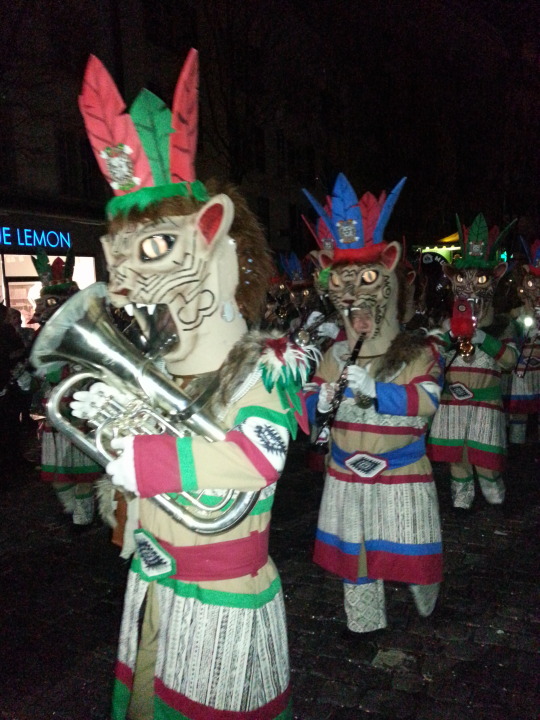




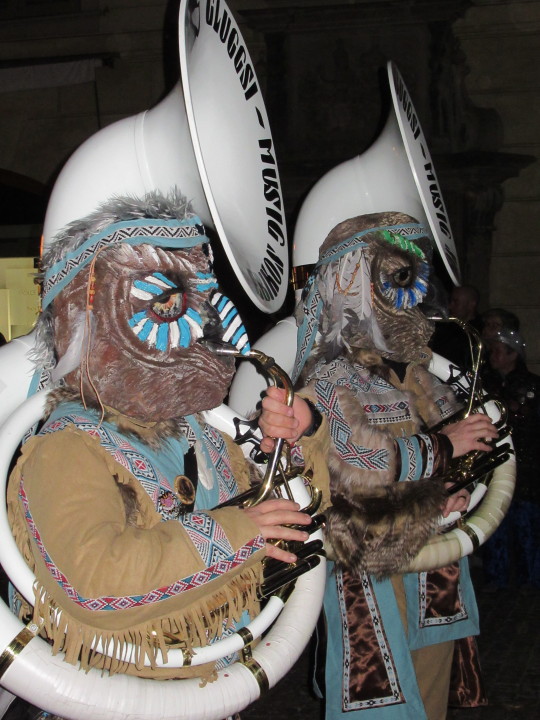

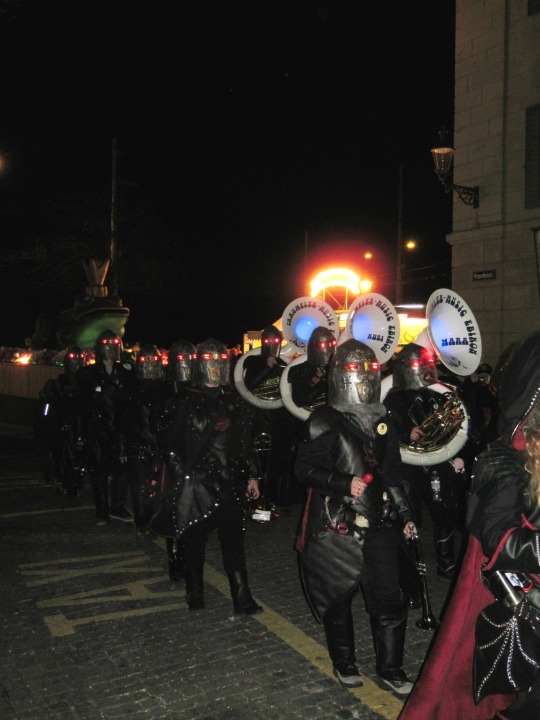

International Tuba Day
Underappreciated and often mocked, the tuba provides an essential role as bass in a wind or marching band, so dust off your tuba or go see a professional.
Do you all recall the least loved member of any marching band? That one sound that seemed to add so little to the overall musical experience that’s provided on the field?
No, we’re not talking about the drummers, though we can’t blame you for making that assumption. This is also marching band, not a rock band, so the bassist is ALSO the wrong answer, thanks for playing. We’re talking about the powerful “oompah” instrument that is the Tuba, and International Tuba Day celebrates the depth and diversity of sound that this beautiful brass wind is capable of producing.
So whether you know a Tuba Player, or are one today, International Tuba Day celebrates your underappreciated contribution to the arts.
History of International Tuba Day
These amazing performers really are underappreciated, and International Tuba Day gives recognition to them and all the struggles they face in the pursuit of their art. What struggles you say? Well, let’s start with the image that the world puts forth, the big heavy man with the big heavy instrument puffing away on it with cheeks like bellows.
That’s typically the first vision, and it often underscores the sheer lung capacity necessary for playing such a bombastic instrument. They’re also seen as having little to no personality, which is just utterly untrue! Playing such a lumbering instrument requires a significant amount of personality to make the performance bright and interesting!
Thankfully, we have a champion to come forth and help turn this image around. Joel Day first established this holiday in 1979 while part of the Lower Merion High School Band.
He and his fellow tuba player realized that their instruments simply failed to receive the respect and recognition they deserved. Little did he know that his efforts would result in a worldwide explosion of Tuba enthusiasm, with music being collected and performed that exalted the Tuba’s range and interest.
How to celebrate International Tuba Day
Well first off, if you’re a Tuba player, dust off that instrument and give the world a taste of what it’s been missing. The grand and powerful voice of the Tuba is amazing, and in the hands of a skilled player can definitely add a broad range of personality to any performance.
It’s deep, throaty, and not to be denied. You may be able to drown out the flutes and saxophones and violins, but the Tuba will pound right through the sound and make you feel it in your bones. International Tuba Day is your opportunity to remind the world what a Tuba player can do.
Source
#International Tuba Day#InternationalTubaDay#first Friday of May#5 May 2023#Lozärner Fasnacht#the best carnival in the world#Lucerne Carnival#old town#Tagwacht#Schmutziger Donnerstag#Güdismontag#original photography#tourist attraction#cityscape#Kapellplatz#architecture#landmark#Hirschenplatz#Umzug#Guuggenmusig#Guuggemusig#Chatzemusig#Gluggsi-Musig#Noggeler#Leuechotzeler#Näbelhüüler
0 notes
Photo



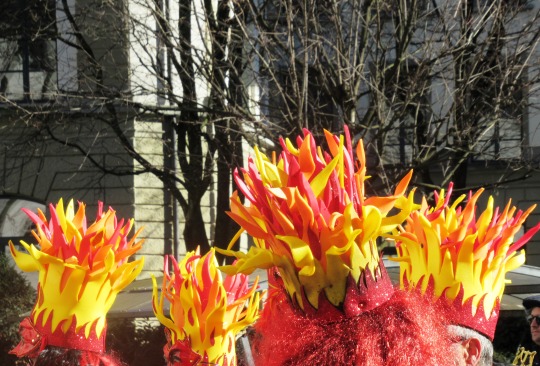

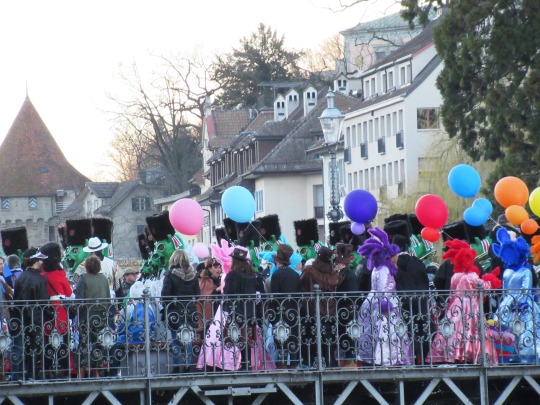
International Wig Day
Playing dress up has been a favorite pastime for children for ages. Why do we let go of the fun? International Wig Day has created a day where anyone and everyone can play along and wear a wig to change their appearance. You can choose to be silly, or serious. You can get a wig that will let you try out that haircut you’ve been thinking about, but aren’t sure if you are brave enough to do it. Now you have a reason and way to try it on for size!
History of Wig Day Temashop, a costume store in Denmark, created this holiday to bring a little fun to life. Everyone can get into a rut with the steady pull and push of a busy life. They encourage people to get their co-workers and friends involved and really make the event something special! Men and women, girls and boys are all invited to join!
People often think that wigs are just for people who have lost their hair due to medical treatment or natural hair loss. It just isn’t the case. Many celebrities have been open in admitting that they use wigs as an accessory to their fashion choices. Actors have used wigs throughout history as part of their costumes. Some people say that certain wigs help them to adopt different attitudes.
How to Celebrate International Wig Day The best part of celebrating International Wig Day is to get your friends involved! Get your work or school to go along as well and let the fun of the event last all day. There are many fun options for wigs at party and costume shops. If you need some inspiration, internationalwigday.org has a list of online shops you can check out.
Another way to celebrate is to pick your wig and dress on up to go out with your friends. Again, silly or serious is up to you. Just enjoy your friends and the atmosphere of where you choose to go. That is what the day is all about, reminding as many people as possible to just slow down and enjoy life.
Need more inspiration? Talk to your stylist and see what they are doing to celebrate! They may even be able to direct you to a local destination where there will be a gathering of those who will be getting their Wig On! Not only will you have a great time with your friends, but might make some new ones as well!
Is there a local charity that could use some funds? You could use the day of fun in the workplace to help. Perhaps a donation will allow each person to participate in International Wig Day and the proceeds could go to the charity! Fun and social awareness all in one. Everyone knows that the fun dress up days and events at work can lead to some hilarious moments! Don’t forget to record the fun and post your pictures on social media for all to see!
Source
#Lozärner Fasnacht#Lucerne Carnival#the best carnival in the world#Schweiz#Luzern#Lucerne#costume#Switzerland#International Wig Day#10 March#InternationalWigDay#indoors#Reussbrücke#Reusssteg#River Reuss#old town#Chatzemusig#Guuggenmusig#original photography#cityscape#architecture#tourist attraction#landmark#outdoors
0 notes
Photo
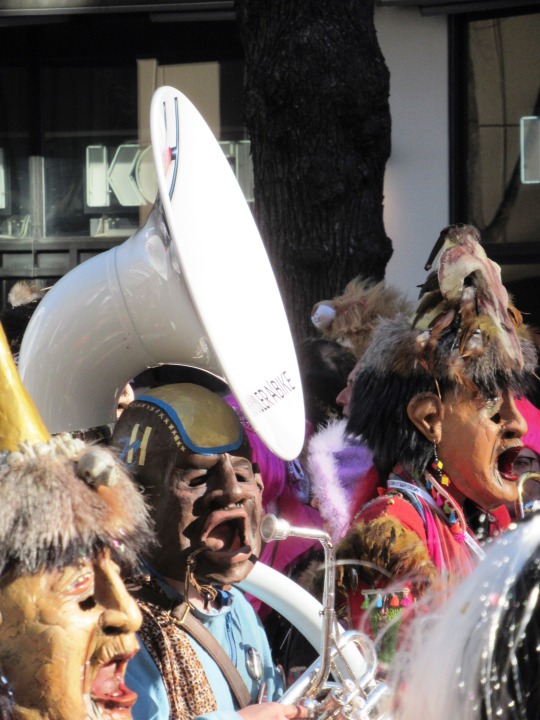



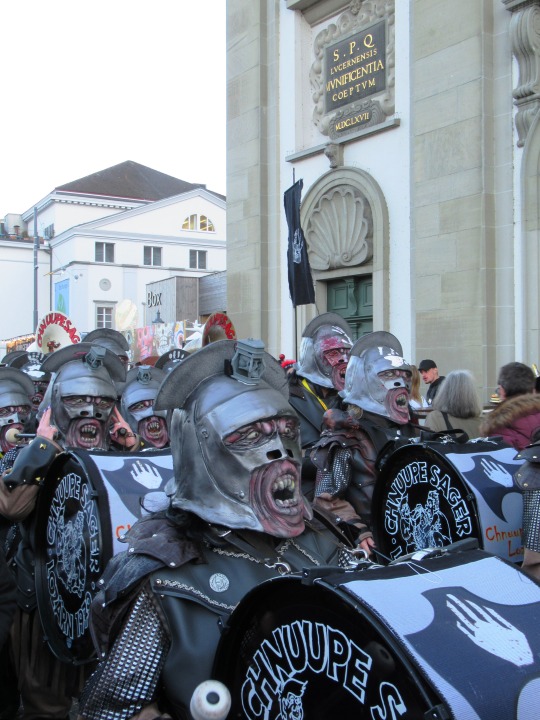
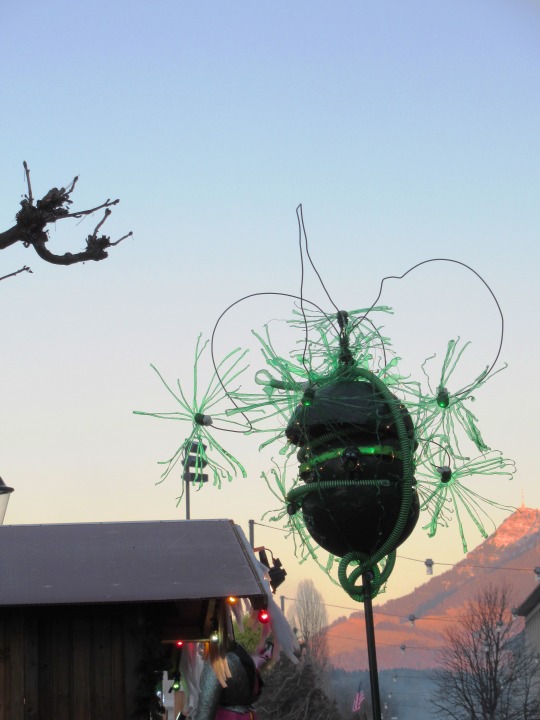
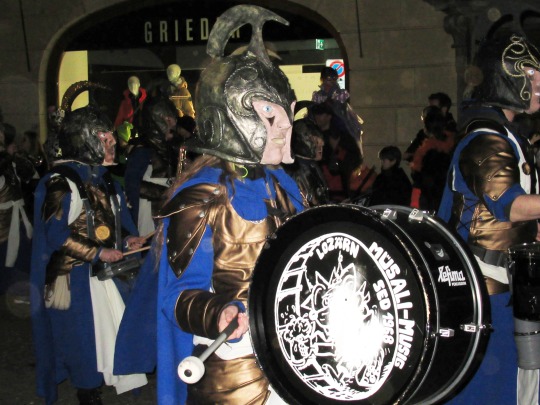
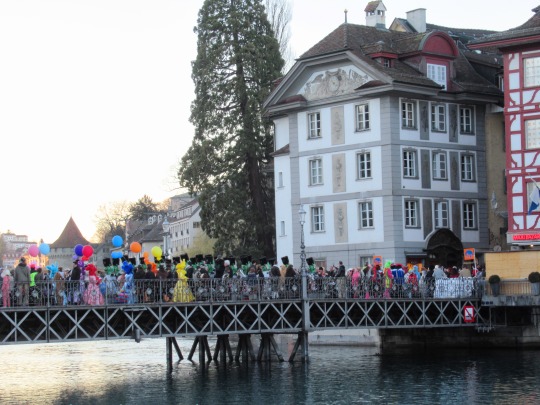


Fat Thursday/Schmutziger Donnerstag
Taking place on the last Thursday before Ash Wednesday, which begins Lent, Fat Thursday is a Christian feast that is primarily celebrated in European countries. It is similar to Fat Tuesday, which is celebrated the following week, but in many European countries, it is the more important holiday of the two. It also is associated with Carnival. As much fasting is done during Lent, Fat Thursday is a day for getting together and eating sweets and other foods that are eschewed during that season. Commonly eaten foods include pączki, berliners, and angel wings.
The holiday is given different names in various European countries, where distinct foods are associated with the day. The day appears to be most widely celebrated in Poland, where it is known as Tłusty Czwartek. Pastries and doughnuts from bakeries are eaten, especially pączki. The tradition of eating doughnuts on the day began in the seventeenth century. In parts of Germany, it is known as Weiberfastnacht. People wear costumes, and celebrations in the streets and in pubs begin at 11:11 a.m. It is known as the “women’s carnival” and there is a tradition of women “taking over” town halls. In some parts of Germany, the holiday is also known as Fetter Donnerstag.
Fat Thursday is known as Tsiknopempti in Greece, which roughly translates to “Thursday of the Smoke of Grilled Meat.” Being one of the last times that celebrants can eat meat before Lent, many Greeks grill meat such as souvlaki, and many cities set up grills in central squares and hold celebrations there. In Italy, the holiday is known as Giovedì Grasso, and in Sweden, it is known as Fettisdagen.
In some parts of Spain, it is known as Jueves Lardero. Bizcochos and a pastry called a mona are commonly eaten in the city of Albacete, and in the area of Aragon a special sausage is eaten. The holiday is called Dijous Gras in the region of Catalonia, and marked by eating bunyols and botifarra d'ou.
How to Observe
Regardless if you are planning on observing Lent in the following weeks, you can celebrate Fat Thursday today. It is best celebrated by indulging in large amounts of foods that aren’t very healthy, such as sweets, as well as by eating meat, which many abstain from during Lent. If you are in the United States, you could go to an ethnic bakery or grocery store to pick up some foods that are eaten on the day in European countries. Some foods you could enjoy today include pączki, berliners, angel wings, souvlaki, bizcochos, bunyols, and botifarra d'ou. If you are in a country such as Spain, Germany, or Poland, it shouldn’t be too hard to find celebrations to attend.
Source
#Näbelhüüler#Lozärner Fasnacht#the best carnival in the world#Luzern#Lucerne#Lucerne Carnival#original photography#Schweiz#Switzerland#Guuggenmusig#tourist attraction#architecture#cityscape#Schmudo#Schmutziger Donnerstag#Fat Thursday#last Thursday before Ash Wednesday#16 February 2023#Doop#Leuechotzeler#Schnipp Schnaps#Wasserturm#water tower#Chnuupe Sager#Rigi#Müsäli Musig#Reusssteg#Chatzemusig#too bad you can't hear pictures
1 note
·
View note
Photo
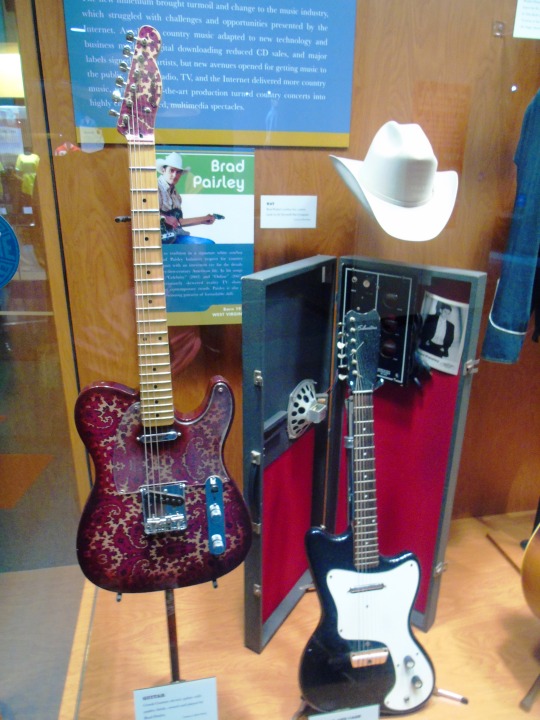



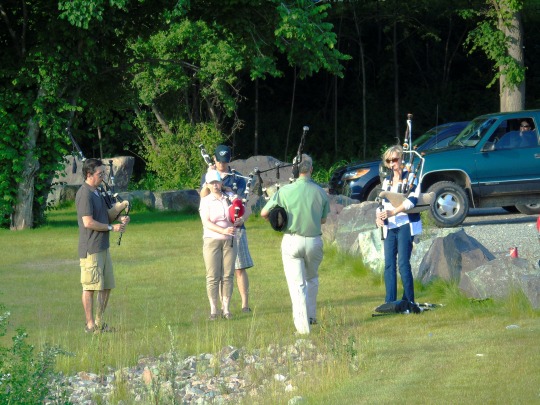


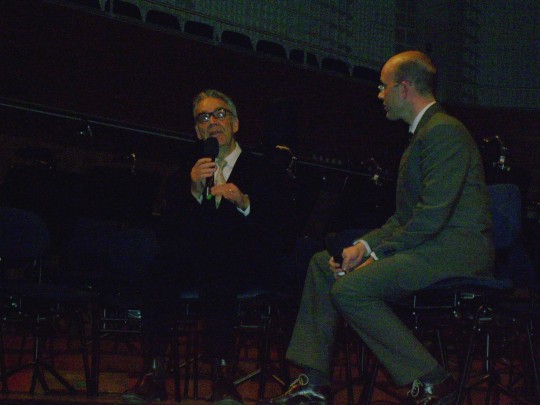

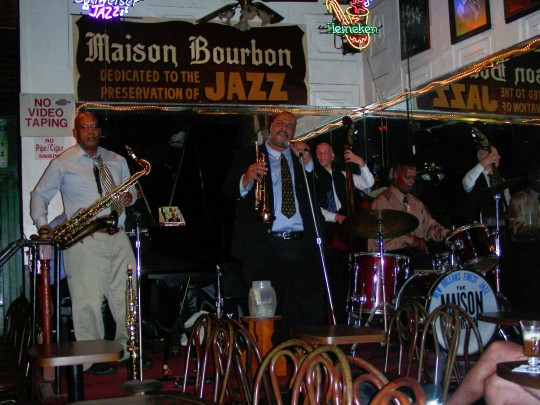
International Music Day
By this one common thread that has the power to bring all humans, societies and cultures together, International Music Day seeks to gather, connect and promote musicians around the world.
Music is the light of life for many people. It inspires, encourages and brings people together. Studies even show that music is good for the health and the brain, providing positive physical, mental and emotional responses when people simply listen to music as well as when they play or sing it.
History of International Music Day
Music occurs within nature and humans have been recreating it probably since the beginning of time, as singing or humming seems to be a natural part of human development. Babies can even begin to sing as early as three months old!
While music has its unique attributes based on the culture and area of the world it comes from, it is a human activity that is exclusive to the human race and part of every culture in the world. Music unites human beings!
With that in mind, in 1949, the International Music Council was created as an associate organization of the United Nations Educational, Scientific and Cultural Organization (UNESCO). Its purpose was to express solidarity between human beings in the global music ecosystem. Connecting, encouraging and providing access for musicians around the world, this organization started International Music Day
Initiated in 1973 by the 15th General Assembly of the International Music Council, the first International Music Day was celebrated in 1975. The intention behind the day was to promote musical art among all sectors of society as well as applying the UNESCO ideas of peace and friendship among people.
Many methods of teaching music have been embraced all over the world, some of these specific to certain cultures. In Europe, the Americas, Asia, Africa and other places, children are often taught different versions of music in schools including singing and the playing of instruments such as recorders or percussion like drums and bells.
Whether a professional musician or novice, whether an opera singer or someone who really can’t carry a tune, International Music Day encourages people all over the globe to join in with five goals:
To allow children and adults to express themselves freely through music.
To give opportunities for children and adults to learn musical skills and languages.
To provide access to musical involvement for all.
To allow musical artists to develop and communicate through media and using proper facilities.
For musical artists to obtain recognition and fair remuneration for their work.
International Music Day Timeline
Paleolithic Period Musical instruments are used
Some of the oldest musical instruments, beginning with flutes, are believed to be from this period of time, millions of years ago.
1400 BC Music is first written down
The earliest form of musical notation is dated from this time, written in a cuneiform tablet.
1949 International Music Council (IMC) is formed
The world’s largest network of institutions and organizations working in the field of music is created.
1973 IMC General Assembly in Lausanne
At the 15th General Assembly of the International Music Council, a resolution is made to establish an International Music Day.
1975 International Music Day is founded
Started by the International Music Council, this day is initiated by Lord Yehudi Menuhin to encourage and promote music in society.
How to Celebrate International Music Day
International Music Day offers tons of opportunities to enjoy and celebrate everything to do with music and all of the amazing benefits it has to offer. Consider some of these ideas for getting involved:
Listen to Music
Whether it is classical music that promotes brain development or modern music that makes your body want to move and dance, International Music Day can be celebrated by putting on some tunes. Turn up the volume in the car or pop in those headphones at work and join in on all the fun and benefits that music has to offer.
Create some playlists on an online music platform, turn on the car radio, toss some vinyl on that vintage record player or grab some of those old CDs and get playing. Many different opportunities exist to enjoy listening to music in celebration of the day!
Learn About the Benefits of Music
Many people don’t realize that music is not only fun, it’s actually good for you. International Music Day is the perfect time to learn a little bit more about the benefits of music and how it improves the lives of billions of children and adults all over the world.
Music is good for the heart
Music can help with weight management
Music improves the mood
Music helps to ease pain
Studies have shown that the blood flows better when music is played. Playing music can lower the blood pressure, reduces the heart rate, decreases cortisol and promotes healthy substances in the blood.
Many people don’t know that playing soft music in the background while eating (and dimming the lights) can encourage people to slow down while they are eating which, ultimately, can lead to eating less food and promoting healthier eating habits.
Listening to happy music has been shown to make people (and also pets!) happy. Music can promote the release of good hormones into the bloodstream, such as serotonin and endorphins, which helps people to relax, relieve feelings of anxiety and depression, and promote positive emotions.
Research has proven that music can be used in healthcare situations, especially with geriatric people, to reduce the severity and intensity of pain, particularly in palliative care or intensive care patients.
Attend a Musical Event
This is the time to go out and listen to some live music! Whether related to International Music Day or just part of the cycle of music that happens all year round, attending a concert or other musical event in celebration of the day would be loads of fun!
Grab a seat at the local high school’s musical production. Pop into the local bar and listen to an open mic night. Attend an orchestra concert at the local chamber hall. Or get tickets to that rock star you’ve been dying to see! Music is all around so get ready to join in on it in whatever way possible.
Learn to Make Music
Been thinking about learning how to play the guitar or wondering if now is the time to take piano lessons again? International Music Day might be just the right motivation to get started! Join the rest of the world in learning to make music or improving those music skills by finding a teacher, taking a class or joining a local music collective. Even for those who are not prolific, learning and growing in making music brings joy and delight all over the world.
International Music Day FAQs
Is music good for you?
Yes! Research shows that music can provide health benefits like reducing blood pressure, minimizing anxiety and improving mental capacity.
Does music affect your mood?
Studies have shown that listening to upbeat music can make people feel happier and improve their mood.
Can music help you focus?
Certain types of music can increase brain power through motivation, increased focus and better memorization.
Did music come before language?
Some researchers believe that music came before language, using the study of infants as a basis.
Should music be taught in schools?
Many people agree that the benefits of teaching music in schools are myriad, including assisting in social skills, improving academic performance, and providing a creative outlet for development.
Source
#Elvis Presley#Graceland#Country Music Hall of Fame and Museum#travel#USA#Brad Paisley#W.C. Handy by Leone Tommasi#Memphis#Nashville#Augusta#John Brown#Guuggenmusig#Lozärner Fasnacht#Lucerne Carnival#Glenn Gould Gathering by Ruth Abernethy#bagpipe#Canada#Howard Shore#Lord of the RIngs#Maison Bourbon#New Orleans#International Music Day#1 October#InternationalMusicDay#Chnuupe Sager
1 note
·
View note
Photo

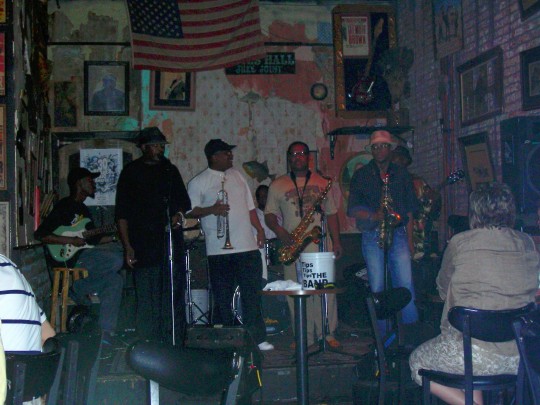








Buy A Musical Instrument Day
Visit your nearest music store this Buy A Musical Instrument Day; celebrated annually on May 22. This day is, you guessed it, here to motivate you to create beautiful melodies with a brand new instrument. Let this day be the push you needed to get yourself a lovely musical instrument.
History of Buy A Musical Instrument Day
Music has been a crucial part of human society throughout history, with musical instruments occupying a special space in culture. People who created such instruments were revered by society. It is believed that the first such instruments were used for religious ceremonies or while hunting and were made of bones, shells, and wood. Over time, these instruments began to be used to create melodies, and musical entertainment was born.
Archaeological studies and remains show that musical instruments have evolved over time. Each generation improved the designs and creations that came before it until we arrived at the instruments of today.
The oldest musical instrument in the world is also the only one associated with Neanderthal culture. However, some instruments found, dating back to the Upper Paleolithic age, are disputed as the oldest ones in the world. The Renaissance period is widely believed to be the best time in the history of musical instruments. It was responsible for giving shape to many of the modern classical instruments. In the past century, musical instruments have been introduced to electronics, and now we also have electronic instruments!
While we could not find the origin story of Buy A Musical Instrument Day, we did learn that this day was initially held on May 18 each year in honor of writer and composer Meredith Willson (1902–1984). Willson was famous for writing the music and lyrics for the musical “The Music Man”. Why this date was changed remains a mystery.
Buy A Musical Instrument Day timeline
30,000 to 37,000 years ago
The Oldest-Known Musical Instruments are Created
Flutes made from bones of mammoths and swans are used in the Upper Paleolithic age — these are widely accepted as being some of the oldest musical instruments.
5th–15th Century
Musical Instruments Go Global
North African instruments find their way to Europe, and instruments from Mesopotamia appear in maritime Southeast Asia.
1400
Musical Instrument Development Slows
There isn't much in the way of the development or innovation of musical instruments, and the Western World dominates any change in this landscape.
1750–1900
A Period of Revolution in Music
In the Classical and Romantic periods, composers and musicians start using musical instruments in new and revolutionary ways, changing how we hear music forever.
1995
The Only Musical Instrument Associated With Neanderthals
Slovenian archaeologist Ivan Turk discovers a 43,000-year-old bone carving named the Divje Babe Flute, which is likely the oldest musical instrument in the world, although this flute's status as a musical instrument is disputed.
20th CenturyT
he Rise Of Electronic Musical Instruments
Many new electronic musical instruments are developed like electric guitars, synthesizers, and the theremin.
How To Celebrate Buy A Musical Instrument Day
Buy a musical instrument
Take music lessons
Make music
What’s in a name? Just an idea on how to celebrate this particular day, apparently. Add playing a musical instrument to your skills and buy the one instrument you have always wanted. Don’t want to buy an instrument? Simply make your own DIY one from common household materials. For instance, you can upturn a bucket to create a drum or fill the inside of an unused cardboard roll with beans to create a rainmaker.
Now that you've got your hands on a musical instrument, how about learning to play it? You can even take music lessons to familiarize yourself with different instruments and then pick which one is your favorite.
What do you do with your new skill of playing a musical instrument? You play it, of course! You can make it a group affair by inviting friends and family to play with you. When you start making terrific music, you can even set up impromptu concerts for local communities!
Source
#Largest Ceilidh Fiddle in the World#Sydney#Canada#travel#vacation#Buy A Musical Instrument Day#NationalBuyAMusicalInstrumentDay#22 May#Memphis#New Orleans#Distillery Historic District#Toronto#Luzern#Lucerne Carnival#Lozärner Fasnacht#Näbelhüüler#Guuggenmusig#Chnuupe Sager#Country Music Hall of Fame and Museum#Nashville#Tennessee#Garth Brooks#Brad Paisley#bagpipe#guitar#stetson#piano#original photography
0 notes
Photo










Mardi Gras/Fat Tuesday/Güdisdienstag
In French, Mardi means Tuesday, and gras means fat, so it makes sense that Mardi Gras is often called Fat Tuesday. It is also called Carnival or Carnaval—a name that is also used to refer to the whole period between Epiphany and Ash Wednesday—as well as various other names in different countries. It takes place on the day before Ash Wednesday—when Lent begins—although, in many places where it is widely celebrated, it is a week-long festival. Mardi Gras is held all around the world, particularly in cities with large Roman Catholic populations. Its epicenter is New Orleans, where most non-essential businesses are shut down and locals and pilgrims come together for parades, music, food, and drink. Revelers wear costumes, dress in purple, gold, and green, and wear beads they catch at parades. Large Mardi Gras festivals are also held in Brazil and Venice, and celebrations of the holiday commonly take place in Mississippi, Alabama, Canada, Germany, and Denmark.
Although Mardi Gras is a Christian holiday, it is generally believed to have roots in pagan celebrations of spring and fertility like Saturnalia and Lupercalia. (Although, some experts dispute that there are pagan roots and say it sprang up in response to the Catholic Church's stringent rules during Lent.) Upon Christianity's arrival in Rome, the religion blended with pagan traditions, and so began a time of debauchery preceding the 40 days of fasting between Ash Wednesday and Easter Sunday. In the lead-up to Lent, Christians made sure to eat all the rich and fatty foods in their house, like lard, milk, eggs, cheese, and meat. As Christianity spread to other European countries, so did these traditions.
The origins of Mardi Gras as we know it today are in the parties of the seventeenth and eighteenth-century Rome and Venice. From there, the parties spread to France, where the French House of the Bourbons celebrated Boeuf Gras—"Fatted Calf." The French then brought the celebrations to their colonies and the New World. On March 2, 1699, two French-Canadian explorers and brothers, Jean Baptiste Le Moyne Sieur de Bienville and Pierre Le Moyne d-Iberville arrived 60 miles south of present-day New Orleans, on the eve of when the holiday was held, and named the spot "Pointe du Mardi Gras." This is viewed by some as the first Mardi Gras in America. Others say that the first Mardi Gras in America was celebrated in 1703, at "Fort Louis de la Louisiane," where the settlement La Mobile was located. The brothers had a hand in the creation of the fort and settlement the year prior—the settlement is now the location of the community of Le Moyne, which is north of present-day Mobile.
Bienville established New Orleans in 1718. Mardi Gras was celebrated there then, and more publicly so by the 1730s, although not with the parades that would later become associated with it. Louisiana's governor created society balls in the early 1740s, which became a model for the New Orleans Mardi Gras balls. Thus, Mardi Gras at the time was defined by masked balls, street parties, and dinners. When the Spanish took control of New Orleans in 1762, these practices were banned. France took control of the area at the turn of the century, and the United States acquired the area in 1803 with the Louisiana Purchase. The bans on Mardi Gras festivities weren't removed until Louisiana became a state in 1812.
The first official Mardi Gras parade in New Orleans is recorded as taking place in 1837. These street processions had carriages and horses with masked riders. Gaslight torches called "flambeaux" lit the way. In 1856, an anonymous group joined together to form the Mistick Krewe of Comus. They ushered in a new era of Mardi Gras in New Orleans the following year when they organized a masked ball and a parade called The Demon Actors in Milton's Paradise Lost, which had marching bands and rolling floats called tableaux cars. This helped to establish the city as the center of the holiday in the United States and to increase the popularity of the festival in general.
A second Mardi Gras krewe, Twelfth Night Revelers, was formed in 1870. Then, in 1872, Rex, another krewe, which is known as the "King of Carnival," came on the scene. They presided over the first daytime parade of Mardi Gras in New Orleans. They also designated purple, green, and gold to be the official colors of the festival, in honor of Russian Grand Duke Alexei Alexandrovich, who had those family colors and was visiting at the time. The colors remained the colors of Mardi Gras in the years after. Many more krewes have been started since the original ones. The early krewes were white and male-only krewes, so women and Blacks created their own, like Les Mysterieuses and the Zulu Social Aid and Pleasure Club. An ordinance was passed in 1992 that said krewes couldn't parade unless they integrated. Some krewes still refused to integrate into the twenty-first century, and thus, weren't able to march.
Louisiana's Governor Warmouth signed the Mardi Gras Act in 1875, which made Mardi Gras a legal holiday in Louisiana. It is the only state where Mardi Gras is a legal holiday today, although it is celebrated in other parts of the country, particularly in Alabama and Mississippi. Mardi Gras has stood the test of time and many of its customs from centuries ago remain. Floats are decorated and parades are held. Beads and trinkets are thrown. Festive masks are worn. King cake is eaten and alcohol is imbibed. While New Orleans is its home, it can be celebrated anywhere, and we celebrate it today!
How to Observe Mardi Gras
There are many ways you could partake in Mardi Gras!
Travel to Lucerne and celebrate the last day of carnival like nowhere else in the world! Enjoy the Monstercorso in the evening and dance the night away in the streets of the old town.
Travel to New Orleans and take part in the many festivities there. Dress up, attend a parade, eat some of the city's most iconic foods at its best restaurants, and have some drinks at its best bars.
Travel to another location that is known for its Mardi Gras celebrations, such as Venice.
Eat fatty foods made with lard, milk, eggs, cheese, and meat. Make and eat foods associated with New Orleans and Mardi Gras, such as king cake.
Listen to some musical artists associated with Mardi Gras, New Orleans, or Louisiana, such as Louis Armstrong, Clifton Chenier, Professor Longhair, Dr. John, Jelly Roll Morton, and Allen Toussaint; listen to some of the most popular Mardi Gras songs; and learn more about the music associated with Mardi Gras.
Host a Mardi Gras party.
Read a book about Mardi Gras.
Source
#Güdisdienstag#Fat Tuesday#Mardi Gras#Lucerne Carnival#Lucerne#Lozärner Fasnacht#the best carnival in the world#Luzern#Schweiz#cityscape#Leuechotzeler#Guuggenmusig#Chnuupe Sager#float#Umzug#Chatzemusig#architecture#tourist attraction#landmark#grend#costume#Blattlüüs#older pic#Chacheler Musig#Noggeler#Kapellbrücke#Chapel Bridge#Switzerland#1 March 2022
11 notes
·
View notes
Photo
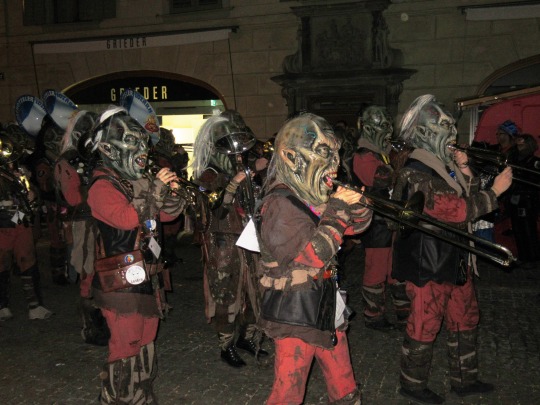
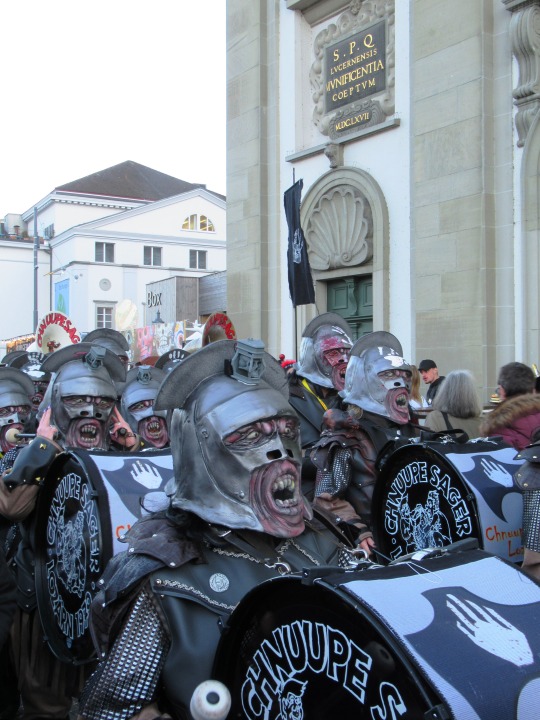



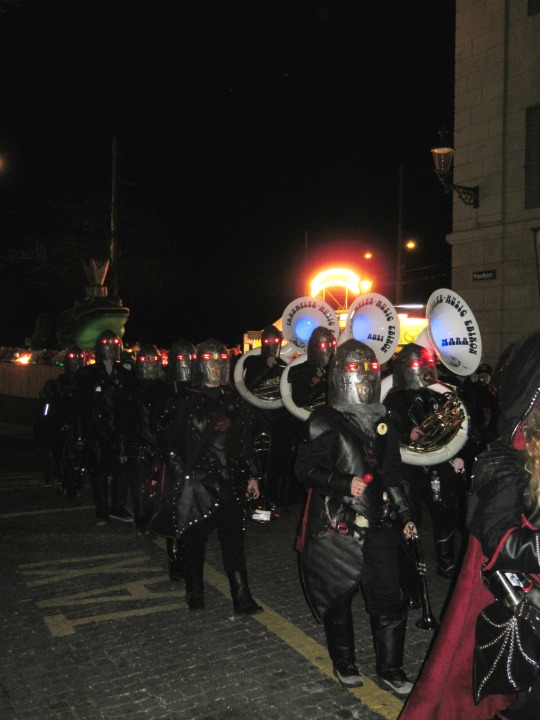

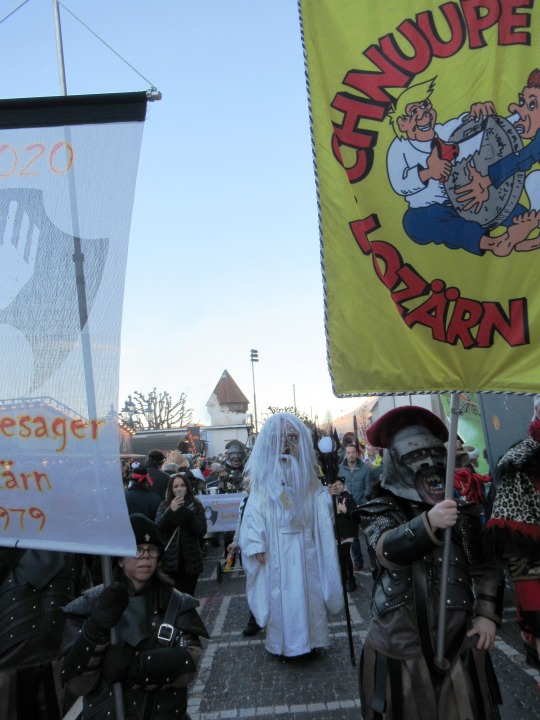
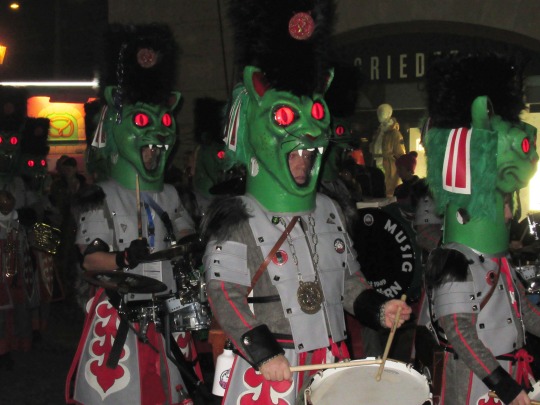

Marching Band Day
Meant as a day to build awareness around the ‘marching arts’, Marching Band Day is all about those upbeat, often cheerful bands which also happen to be moving around while playing.
Taking place on March 4th (‘march forth’ – get it?) this day is for all band geeks out there to celebrate one of the most musical of past-times.
Learn about Marching Band Day
I did the marching band all throughout junior high and high school. Music was one of my favorite things in school.
Marching Band Day is a day that has been designed to build awareness around the marching arts. It is all about those cheerful and upbeat bands, which happen to move around while they are playing music. You will often find that marching bands play an important role in a lot of festivals, parades, and outdoor events. Not only this, but they are traditional, having first appeared in the 1800s. Therefore, it is only right that we celebrate this incredible form of music and entertainment with Marching Band Day.
From the Broadway stage to football stadiums, the battlefield, and the training field, you will find marching bands in many different establishments. They delight spectators and performers with their amazing music, as well as keeping military units moving. They perform in grand arenas too, as well as auditoriums and smaller venues. This is one of the most versatile forms of music and entertainment.
Marching bands also play a critical role in terms of keeping the military upbeat. They have long been involved in the roots of the military, and they have evolved as time has gone on. Marching music can thrill the military during times of celebration or moments of upliftment. Marching music also helps to move people during somber memorials as well. They engage with people of all experience levels, abilities, ages, and personalities.
History of Marching Band Day
For a good few years now, there’s been a petition active in the USA to make March the 4th the official National Marching Band Day – but marching bands themselves have been around for donkey’s years. A marching band is always easy to spot even if you don’t hear them first, as they usually have a matching uniform – most commonly of a military-style – and often have members who don’t carry instruments but use flags and other props to add action to the music. These are called a colorguard and accompany most marching bands which you will see.
The first marching bands appeared in the 1800s by all accounts. They originated from groups of traveling musicians who would perform at festivals centuries ago, and as time went on they would become the foundation for military bands. And military bands are where marching bands directly evolved from. Marching bands in the USA are known mostly for performing at sports events – namely, American football matches. The oldest recorded marching band was the Notre Dame Marching Band, which was started up in 1845.
One of the most spectacular things about marching bands is the formation – back when they started up, the band might form the initials of the teams that were to play that day. But in modern times, the huge crowds that events like the Superbowl pulls together, call for something special – video games, film scenes, complex patterns – marching bands make their performance even more special by stepping out in a formation that makes up recognizable shapes when viewed from above.
How to celebrate Marching Band Day
Even if you don’t have a musical bone in your body, you can still enjoy Marching Band Day!
Get back to the roots of the marching band by going along to a sports match, or listening to some of the great, upbeat marching band music out there. There are also plenty of pretty amazing videos on Youtube to see of marching bands doing their thing, including some jaw-dropping formations at some of the big American football matches in the States.
You can be sure that a lot of marching bands will be putting on special performances for this day. It is worth doing a search online to see if any marching bands are performing in your area. There could even be a parade going on in honor of this day. If there is a Facebook group for your local community, you should be able to find information about any events happening here.
Another way to celebrate Marching Band Day is to learn more about marching bands. There are plenty of great information sources online and in libraries too. You will be able to learn more about the history of the marching band and how this musical trend started. You can also find out more about some of the most famous marching bands.
The Ohio State University Marching Band is a good place to start. They perform at events during the semester, including the Ohio State football games. This is one of only a few all-brass and percussion collegiate bands in the United States. There are plenty of other exciting bands as well. This includes Blue Devils Drum and Bugle Corps, the USC Trojan Marching Band, Mucca Pazza, Environmental Encroachment, and the TriBattery Pops Tom Goodkind Conductor.
You should be able to find lots of information about these bands online, as well as videos of their performances on YouTube. You may even decide to celebrate Marching Band Day by learning one of the songs yourself!
Source
#Marching Band Day#Guuggenmusig#Lozärner Fasnacht#carnival#Schweiz#Lucerne Carnival#the best carnival in the world#Chnuupe Sager#Näbelhüüler#4 March#Switzerland#Träumeler#NationalMarchingArtsDay#MarchForth#Noggeler#Tagwach#Güdismontag#Schmutziger Donnerstag#SchmuDo#Lozärner Kracher#Chatzemusig#Müsäli Musig#Hügü Schränzer#Leuechotzeler#original photography
2 notes
·
View notes
Photo

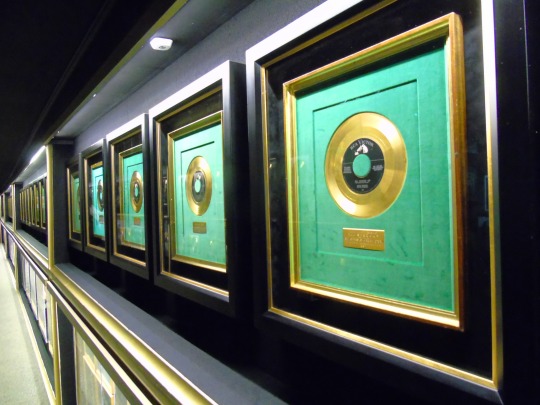




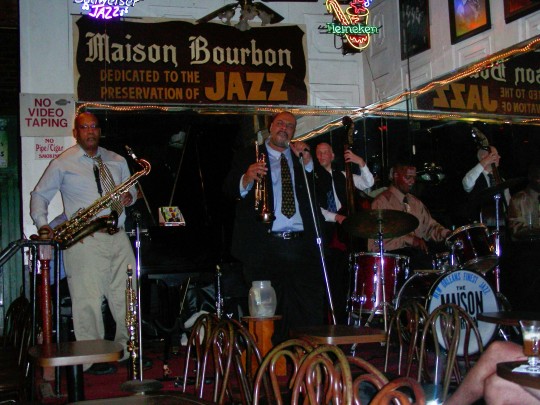
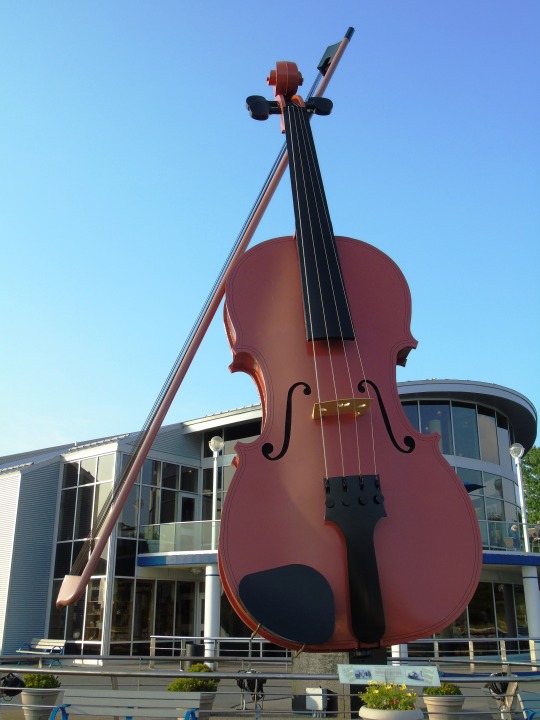
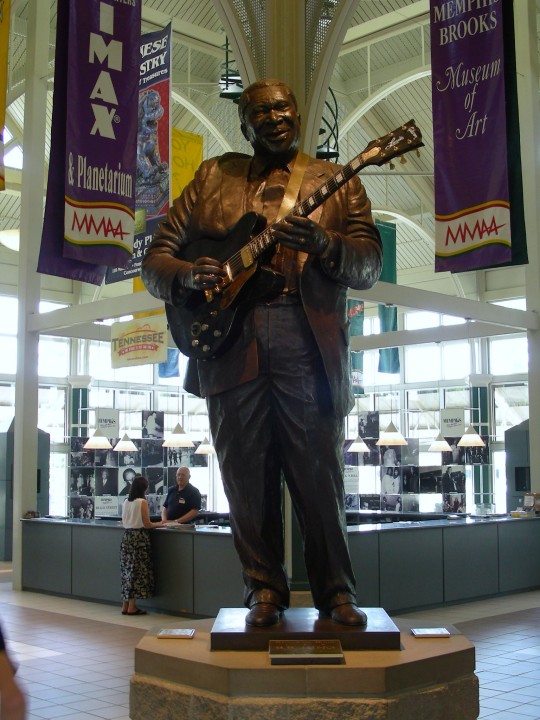

World Music Day
World Music Day is observed on June 21st of each year. There is nothing in the world like the sound of your favourite songs which is coming on. It just gets right into your head, and your body makes you move. It may take you on a journey to a faraway place. Some of your favourite songs may lift us up out of the depression. Everyone enjoys the music, and everyone has the unique taste in them. The music can be a variety of forms, whether it is instrumental or songs, albums and many more. There is a lot of music albums available all around the world, and it is categorised on the different genres and also based on the region where it is composed. It is available in many different languages. The World Music Day celebrates the Music in all its forms, and the impact it has on the world and the human spirit is incredible.
“One good thing about music, when it hits you, you feel no pain.” – Bob Marley
History Of World Music Day
Music has existed since as long as the humanity has found its voice, and quite possibly before. The idea of World Music Day was conceptualised first in France in 1976 by the American Musician Joel Cohen who has proposed an all-night music celebration to make this world more joyful. The idea was taken up by the French Music and Dance director Maurice Fleuret for Minister of Culture Jack Lang in 1981. It first took place in 1982 in the Paris. From there the festival has become an international phenomenon, which is celebrated on the same day in more than 460 cities in 110 countries which includes Italy, Germany Syria, Egypt, Australia, Morocco, Congo, Vietnam, Cameroon, Colombia, Fiji, Nepal, Chile and Japan. Every culture has it’s own form of music, as unique and distinct of its area as the language and food. In the western world, we are familiar with the scale which is known as the diatonic scale. It should be familiar to anyone who took the music classes or choir in the school. But this is not the only music scale or not even the first music scale. It is the day on which the world celebrates the magical gift of the music.
On this day the amateur and the professional musicians are encouraged to perform the music in the streets. Many independent organisations are organised to make all the genres of music accessible to the public. Two of the caveats were approved by the official Fete de la Musique organisation in Paris. All other concerts should be free to the public, and the performers donate their time for free, This is the real thing which is happening in cities for now as well. Since there was more noise in the public performance, later France forbade them to install the audio hardware in the street.
World Music Day Quotes
“Music expresses that which cannot be said and on which it is impossible to be silent.” – Victor Hugo
“Music is love, love is music, music is life, and I love my life. Thank you and good night.” – A. J. McLean
“Music is a moral law. It gives soul to the universe, wings to the mind, flight to the imagination, and charm and gaiety to life and to everything.” – Plato
“There is pleasure in the pathless woods, there is rapture in the lonely shore, there is society where none intrudes, by the deep sea, and music in its roar; I love not Man the less, but Nature more.” – Lord Byron
“Music is the greatest communication in the world. Even if people don’t understand the language that you’re singing in, they still know good music when they hear it.” – Lou Rawls
“Music is probably the only real magic I have encountered in my life. There’s not some trick involved with it. It’s pure and it’s real. It moves, it heals, it communicates and does all these incredible things.” – Tom Petty
“Singing is my passion, my first love and the secret of my energy. Music to me is like finding my inner self, my soul. It gives me a great joy to see audiences enjoying with me. I have given my heart to singing. When I sing, I can feel romance in everything around me.” – Kailash Kher
Sometimes, being different feels a lot like being alone. But with that being said, being true to that and being true to my standards and my way of doing things in my art and my music, everything that has made me feel very different… in the end, it has made me the happiest. – Lindsey Stirling
“Music washes away from the soul the dust of everyday life.” – Berthold Auerbach
“Music should strike fire from the heart of man, and bring tears from the eyes of woman.” – Ludwig van Beethoven
How to Celebrate World Music Day
The best and the easiest way to celebrate the World Music Day is to spend the day listening to all the old favorite music and If you are feeling adventurous just start exploring YouTube for music from different cultures. You can also explore the Finnish and Hungarian, Italian and Mongolian, and then start digging into the folk music. It is easier than to explore the music in these days. You can do it all from the comfort of your own home. You can also pick up the instrument and start adding your voice to the choir and share it with the friends to make the day even more enjoyable.
Source
#Church of Old Uppsala#World Music Day#original photography#travel#Sweden#USA#Canada#Chnuupe Sager#Guuggenmusig#Luzern#Lucerne#Lozärner Fasnacht#Switzerland#Graceland#Memphis#Nashville#Tennessee#Country Music Hall of Fame and Museum#Brad Paisley#The Source of Country Music by Thomas Hart Benton#Sydney#Nova Scotia#Cape Breton Island#Largest Ceilidh Fiddle in the World#Toronto#Maison Bourbon#New Orleans#Glenn Gould Gathering by Ruth Abernethy#B. B. King#21 June
5 notes
·
View notes
Photo
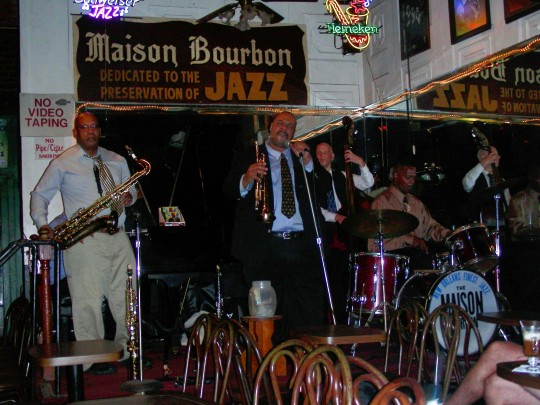


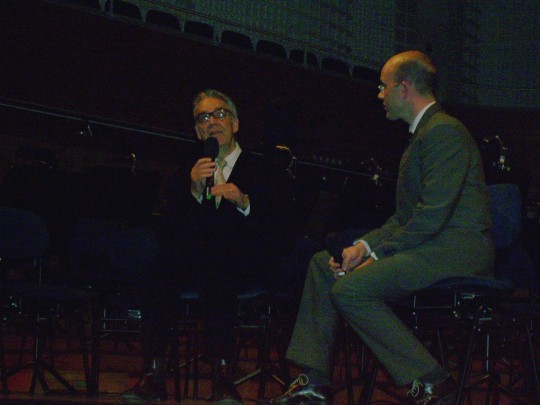


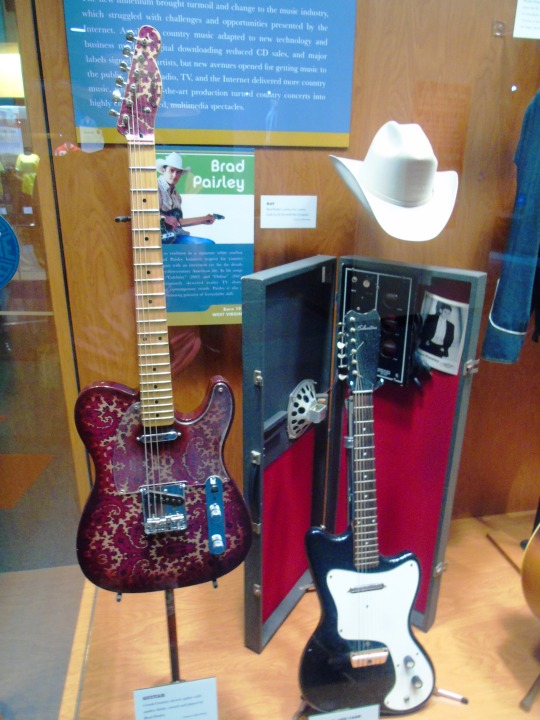
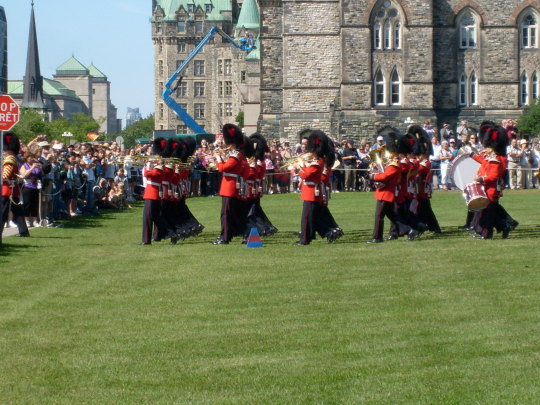


International Music Day
The IMD was initiated in 1975 by Lord Yehudi Menuhin to encourage:
the promotion of our musical art among all sections of society
the application of the UNESCO ideals of peace and friendship between peoples, of the evolution of their cultures, of the exchange of experience and of the mutual appreciation of their aesthetic values
the promotion of the activities of IMC, its international member organizations and national committees, as well as its programme policy in general.
Letter to all IMC members dated November 30, 1974
and signed by Yehudi Menuhin and Boris Yarustowski:
Dear Sir,
The first International Music Day, organised by the International Music Council, will be held on the 1st of October, 1975, in accordance with the resolution taken at the 15th General Assembly in Lausanne in 1973.
The intention of this day is to encourage:
the promotion of our musical art among all sections of society;
the application of the UNESCO ideals of peace and friendship between peoples, of the evolution of their cultures, of the exchange of experience and of the mutual appreciation of their aesthetic values;
the promotion of the activities of the International Music Council, its international member organizations end national committees, as well as its programme policy in general.
In order to put these intentions into practice, our international organizations and national committees are invited to consider the following plan of action:
Music Events:
invite leading composers, interpreters and musicologists to give lectures, and to speak of the importance of music, of its place in modern life, of the ideals of UNESCO and of the activities of the IMC
organize meetings of artists, competitions and musical quizzes;
organize exhibitions of musical instruments, records, posters, paintings, sculptures, caricatures, or photographs on musical themes;
invite delegations of musicians of other national committees to participate in thiS International Music Day, as well as prize winners of the IMO Rostrums, arid composers arid interpreters from different continents;
ask major interpreters in your country to give concerts on International Music Day for which they would agree to contribute either all, or part of the proceeds to the Musicians' International Mutual Aid Fund.
Radio and television programmes
broadcast concerts, as well as talks and debates with the participation of major personalities who are also music lovers a painters, writers, and even politicians On this International Music Day, leading members of the IMC will broadcast special messages.
Press and Recordings
publish articles in the press to draw the public's attention to International Music Day;
organize the exchange of tapes arid records1 using them for demonstration purposes
The struggle against the pollution of the sound environment
propose to local authorities that, on this Day, they should order a few minutes of silence in towns; this period of silence would be used for listening to music to be played in public places such as parks arid main squares.
In order to realize these activities, it is essential that we mobilize all the means at our disposal: radio and television, concert societies, opera companies, amateur societies; a great many different types of localities should be used to their best advantage: concert halls theatres, cultural centres, universities, churches, schools, factories, as well as in the open air: in parks, gardens, and stadiums.
We hope that this first International Music Day will constitute a major achievement among our' activities, and that it will become an annual event for the propagation of greater knowledge of our art, arid for the strengthening of the bonds of peace and friendship between peoples through music.
Yours faithfully,
Yehudi Menuhin/President
Boris Yarustowski/Vice-President
Source
#Maison Bourbon#New Orleans Jazz#original photography#travel#vacation#New Orleans#USA#Nashville#Country Music Hall of Fame and Museum#Sydney#Canada#Ottawa#bagpipe#Guuggenmusig#Howard Shore#Canadian composer#KKL#Leuechotzeler#Lozärner Fasnacht#carnival#International Music Day#InternationalMusicDay#1 October#James Brown Statue#Glenn Gould Gathering by Ruth Abernethy#Brad Paisley#W.C. Handy Statue by Leone Tommasi#Memphis#Chnuupesager
1 note
·
View note
Photo
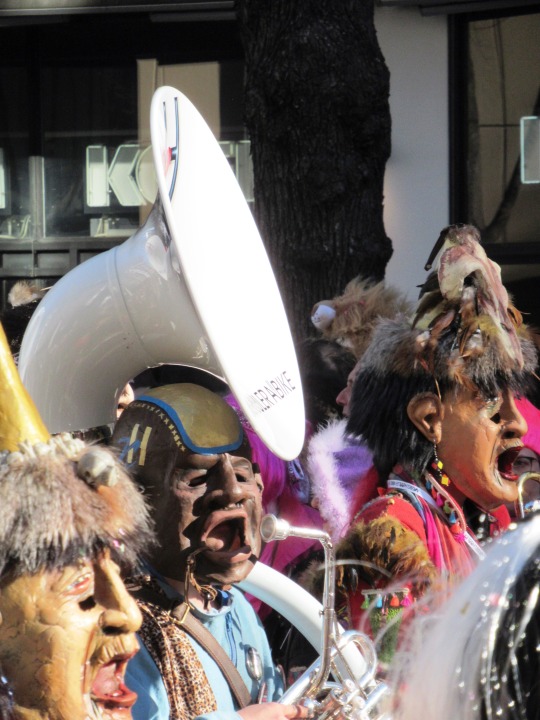
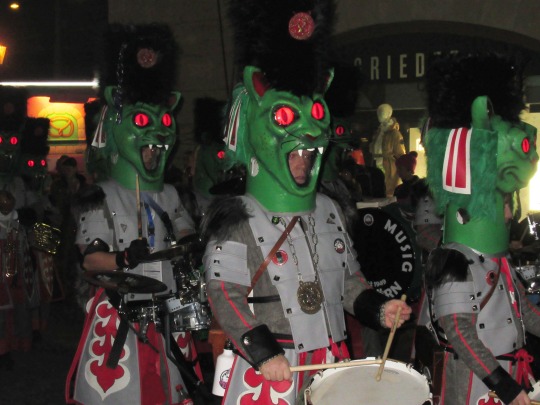
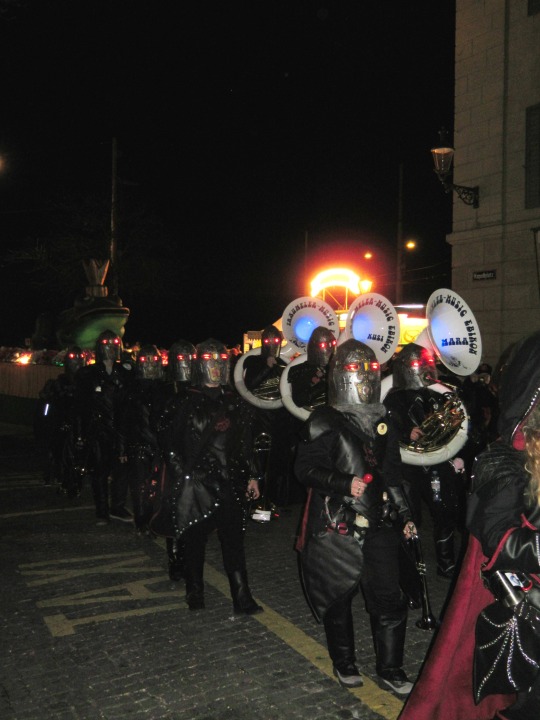
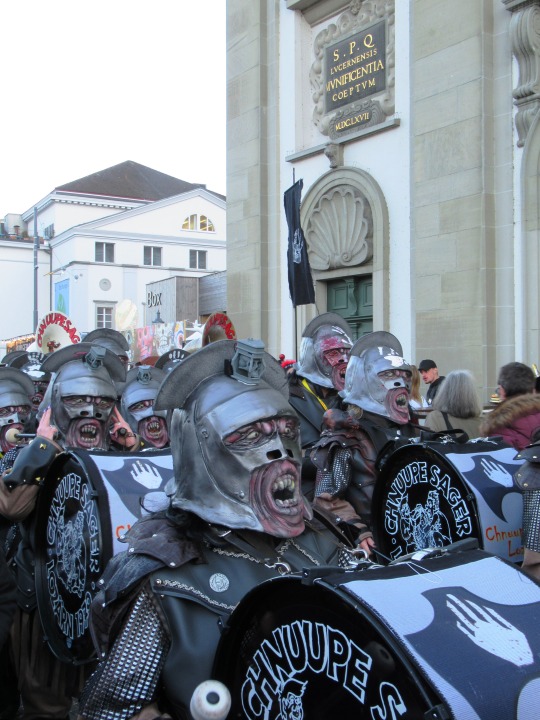

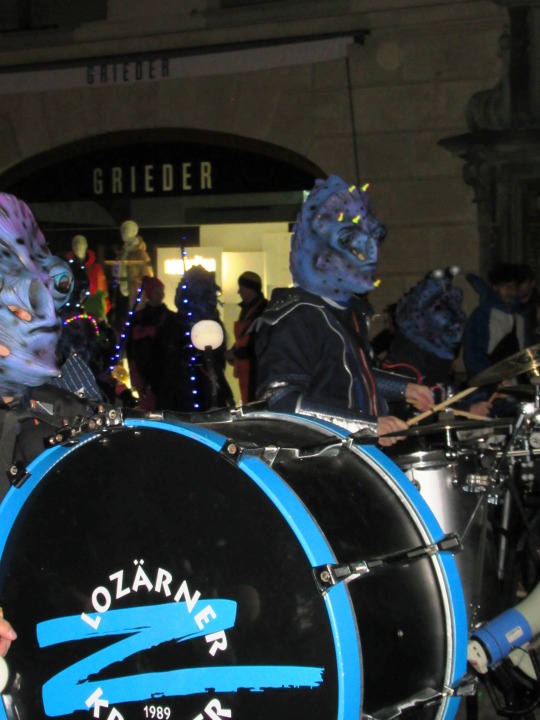

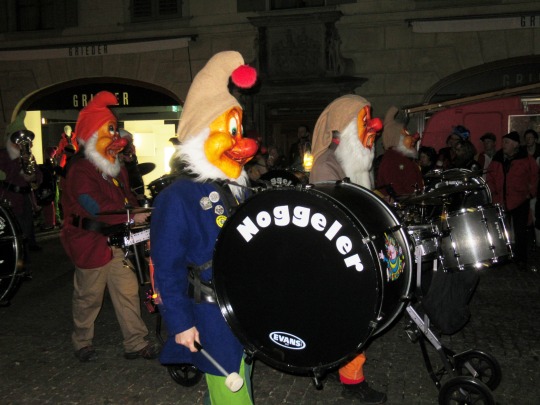
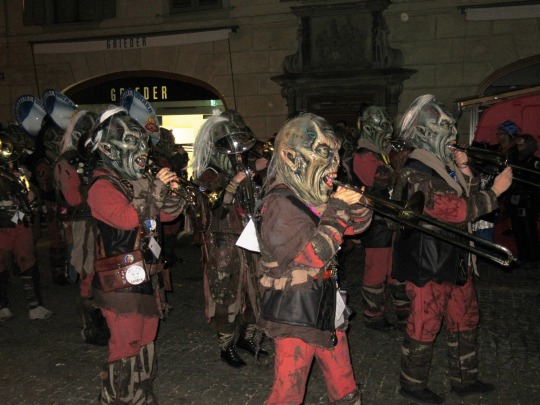
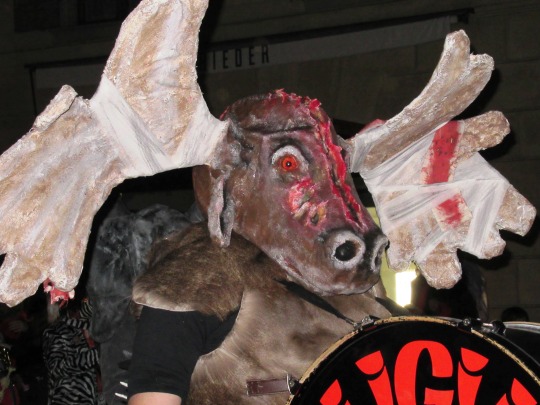
Marching Music Day
March forth to the rhythm of life on Marching Music Day every March 4. In honor of dedicated musicians and performers of many diverse styles and backgrounds, Marching Music Day celebrates all varieties of the art forms bringing us “music on the move.”
For centuries, the beat of a drum has kept military units moving in unison. From the training field to the battlefield, the football stadium to the Broadway stage, small gyms, auditoriums and grand arena spectacles, fifers, pipers, buglers, drum corps, marching bands, parade groups, drill teams and color guards bring music to life to the delight of millions of performers and spectators.
The military roots of the drum corps have evolved into an art form which moves us during somber memorials and thrills us with their ability to perform delightful music while executing intricate routines with exact precision. Drill squads, marching bands, drum lines, and drum corps name but a few of the many styles of marching music which have developed over the years, engaging hundreds of thousands of performers of all ages, abilities and experience levels.
We see marching music in schools, military units, community celebrations and local auxiliaries. The music is as varied as the ensembles themselves. Instruments may be limited to brass in some settings or may include woodwinds and electric guitars in others. Dance teams, baton twirlers and color guards perform to soundtracks ranging from traditional, standard marches to rock and roll, jazz, contemporary and electronic dance music.
And marching music keeps changing! Spectacular string bands incorporate their own unique sound and elaborate costuming. Technology has brought about the production of lighter, electronic and digital instruments making it possible for musicians to march with violins, cellos, basses and synthesizers to entertain crowds in unique and creative new ways.
HOW TO OBSERVE
Support your local marching music groups by attending their performances, backing their competitions, contributing to their endeavors or becoming one of their musicians. Whether it’s through a school, a veterans group or an independent ensemble, they will appreciate your support.
HISTORY
Drum Corps International founded Marching Music Day to celebrate marching music as an engaging and ever-expanding art form around the world, and to help celebrate Music In Our Schools Month. As an ideal play on words, March Fourth was chosen. The Registrar at National Day Calendar declared the day to March fourth into celebration annually, beginning in 2017.
Source
#Marching Music Day#MarchingMusicDay#4 March#Guuggenmusig#winter 2020#original photography#Näbelhüüler#Chnuupesager#Luzern#Lozärner Fasnacht#Lucerne Carnival#Switzerland#Bohème Musig#Lozärner Kracher#Leuechotzeler#Noggeler#Chatzemusig#not really a marching music#but very similar#Hügü Schränzer#grend#mask#costume
3 notes
·
View notes
Photo



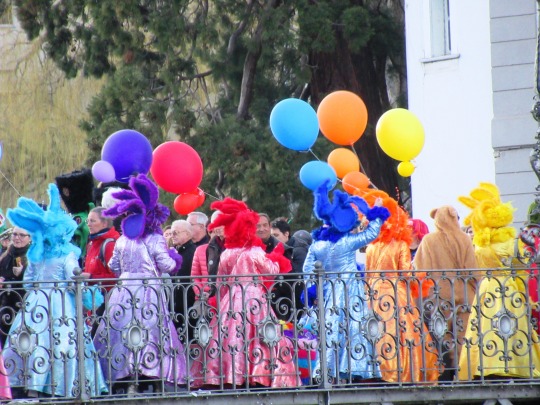
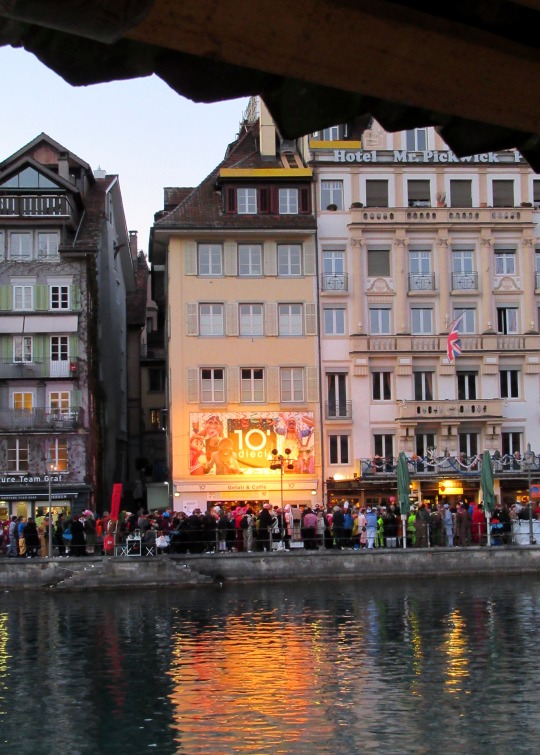
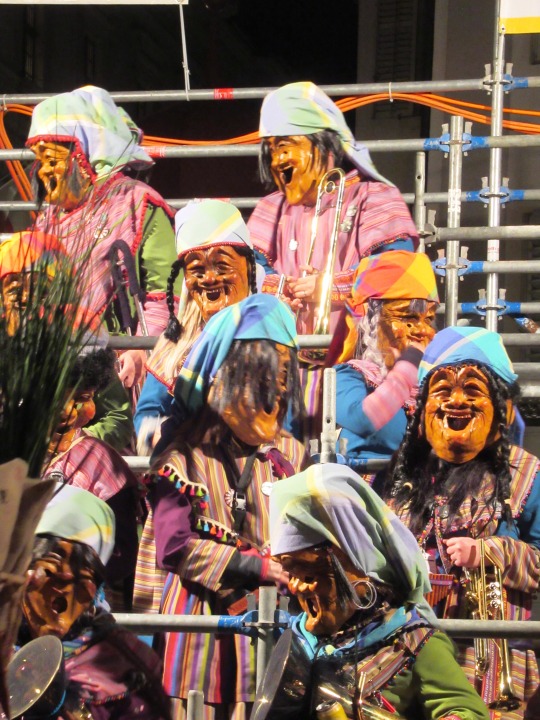
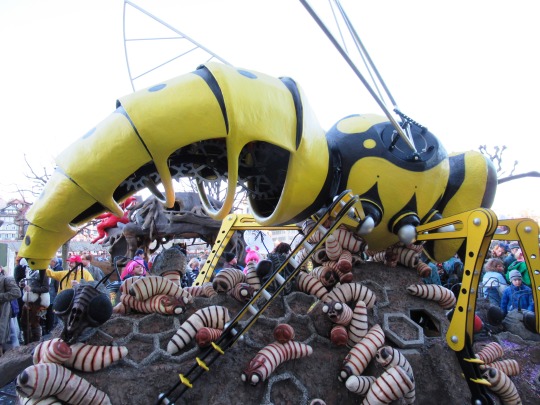
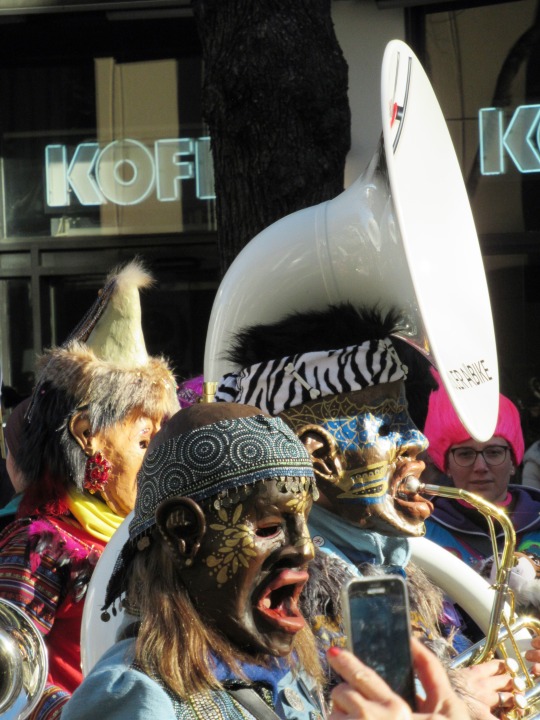
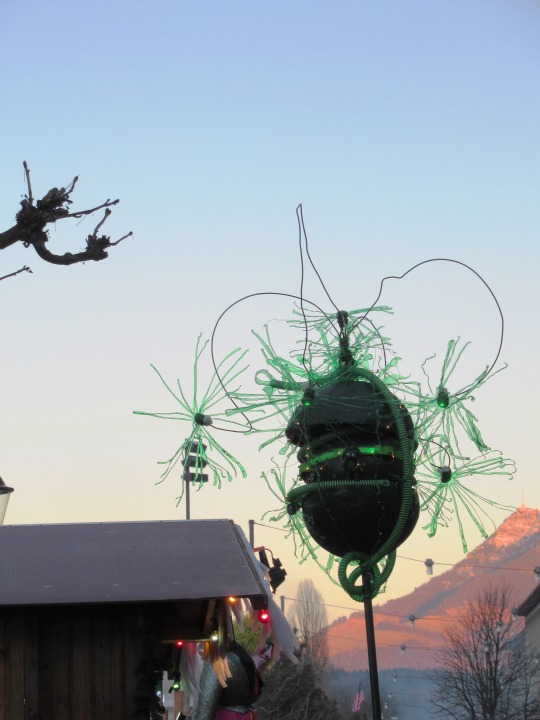

Shrove Monday/Güdismontag
Shrove Monday is part of the Shrovetide celebrations that encompass the week before Lent. It takes place on the Monday before Ash Wednesday, which is the first day of Lent. In between these two days is Shrove Tuesday. “Shrove” is the past tense of “shrive,” which means to obtain absolution from sin. Shriving can be done through confession and penance. Historically, English Christians were supposed to do some shriving before Lent. “Shrove Monday” and “Shrove Tuesday” are terms not widely used in the United States and Canada, but they are still sometimes used in Lutheran, Anglican, and Roman Catholic churches.
Shrove Monday is part of the Carnival celebrations that take place in many countries. In Germany, Denmark, and Austria, it is known as Rosenmontag, meaning Rose Monday. In Germany, the apex of Carnival in on Shrove Monday, while in some other countries it is on Shrove Tuesday. German schools are usually closed on the day, and workers often have the day off. Parades are held, with floats of a satirical nature that lampoon politicians often being made. Dressing up in costumes, dancing, and drinking are also common. In the Rhineland of Germany, that day is part of Fasching, which is the Feast of Fools. There are parades, marching, satirical floats, and merrymaking.
In Denmark, Shrove Monday is also part of a Carnival celebration called Fastelavn, where processions take place and costumes are worn. The day is now geared more towards children. Fastelavnsboller is a food commonly eaten on the day. It is a round sweet bun with icing that may be filled with pastry cream or whipped cream.
The day is sometimes called Collopy Monday in Great Britain. It takes its name from a traditional meal eaten there for breakfast on the day: collops of bacon topped with an egg. This meal is in preparation for Lent, which is a time when meat cannot be eaten. The fat from the bacon is often used to make pancakes on the following day. In east Cornwall, the day is known as Paisen Monday or Peasen Monday, and pea soup is customarily eaten.
The holiday is celebrated in many other countries. It is part of the Carnival calendar in Greece, and in many Caribbean countries it is the first day of Carnival and called Carnival Monday. In the Americas, particularly around New Orleans, it is known as Luni Gras or Fat Monday, similar to how the following day is called Mardi Gras.
How to Observe
The day may be celebrated any number of ways and may be spent differently depending on what country you live in and what your religious beliefs are. In order to prepare for Lent, you may spend it in penance or confession. In some countries, such as Germany, you could attend a parade, dress up in a costume, go dancing, and do some drinking. Some foods that are commonly eaten on the day that you could try include fastelavnsboller, collops topped with eggs, and pea soup. You could even try making them yourself!
Source
#Shrove Monday#Güdismontag#Lozärner Fasnacht#Luzern#Lucerne#mask#grend#Guuggenmusig#Schweiz#Switzerland#24 February 2020#Lucerne Carnival#Carnival Monday#best time of the year#Chnuupesager#parade#Umzug#Schmutziger Donnerstag#original photography#winter 2020#cityscap#tourist attraction#Jesuitenkirche#Wasserturm#Rigi#Water Tower#River Reuss#Kapellbrücke#Chapel Bridge#Näbelhüüler
2 notes
·
View notes
Photo
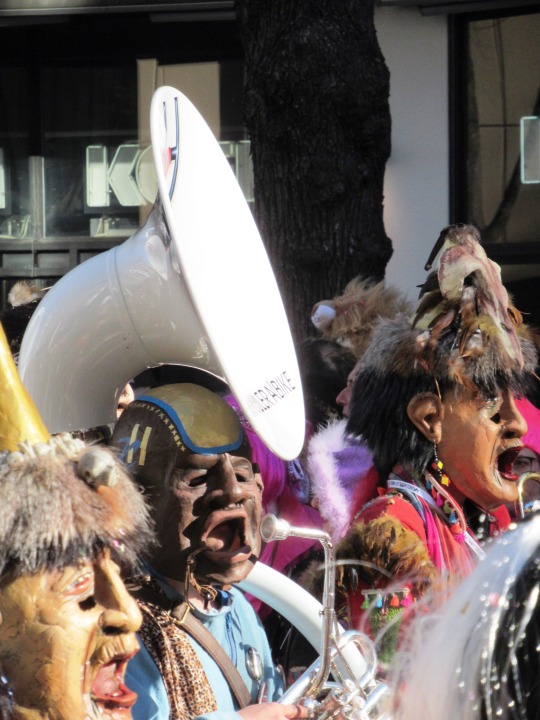









International Tuba Day
Underappreciated and often mocked, the tuba provides an essential role as bass in a wind or marching band, so dust off your tuba or go see a professional.
Do you all recall the least loved member of any marching band? That one sound that seemed to add so little to the overall musical experience that’s provided on the field?
No, we’re not talking about the drummers, though we can’t blame you for making that assumption. This is also marching band, not a rock band, so the bassist is ALSO the wrong answer, thanks for playing. We’re talking about the powerful “oompah” instrument that is the Tuba, and International Tuba Day celebrates the depth and diversity of sound that this beautiful brass wind is capable of producing.
So whether you know a Tuba Player, or are one today, International Tuba Day celebrates your underappreciated contribution to the arts.
History of International Tuba Day
These amazing performers really are underappreciated, and International Tuba Day gives recognition to them and all the struggles they face in the pursuit of their art. What struggles you say? Well, let’s start with the image that the world puts forth, the big heavy man with the big heavy instrument puffing away on it with cheeks like bellows.
That’s typically the first vision, and it often underscores the sheer lung capacity necessary for playing such a bombastic instrument. They’re also seen as having little to no personality, which is just utterly untrue! Playing such a lumbering instrument requires a significant amount of personality to make the performance bright and interesting!
Thankfully, we have a champion to come forth and help turn this image around. Joel Day first established this holiday in 1979 while part of the Lower Merion High School Band.
He and his fellow tuba player realized that their instruments simply failed to receive the respect and recognition they deserved. Little did he know that his efforts would result in a worldwide explosion of Tuba enthusiasm, with music being collected and performed that exalted the Tuba’s range and interest.
How to celebrate International Tuba Day
Well first off, if you’re a Tuba player, dust off that instrument and give the world a taste of what it’s been missing. The grand and powerful voice of the Tuba is amazing, and in the hands of a skilled player can definitely add a broad range of personality to any performance.
It’s deep, throaty, and not to be denied. You may be able to drown out the flutes and saxophones and violins, but the Tuba will pound right through the sound and make you feel it in your bones. International Tuba Day is your opportunity to remind the world what a Tuba player can do.
Source
#Näbelhüüler#Träumeler#Löchlitramper#Guuggenmusig#Lozärner Fasnacht#Lucerne Carnival#Luzern#Lucerne#winter 2018#original photography#Chatzemusig#Gluggsi-Musig#International Tuba Day#InternationalTubaDay#first Friday in May#6 May 2022#Sousaphon#Sousaphone#Leuechotzeler#Güdismontag#Tagwach#Tagwache#Chacheler Musig#Kapellplatz#Jesuitenplatz#grend#mask#costume#music#loud
0 notes